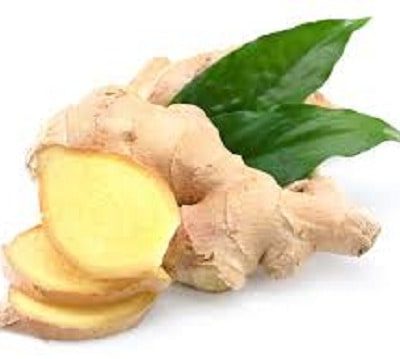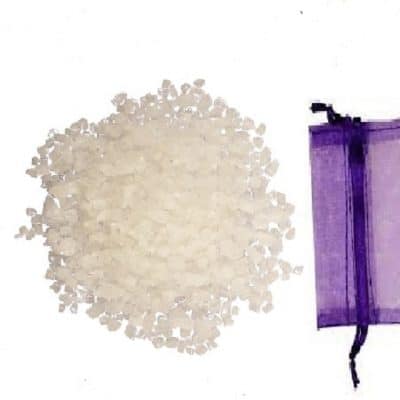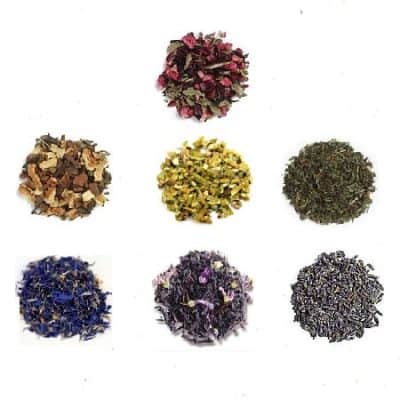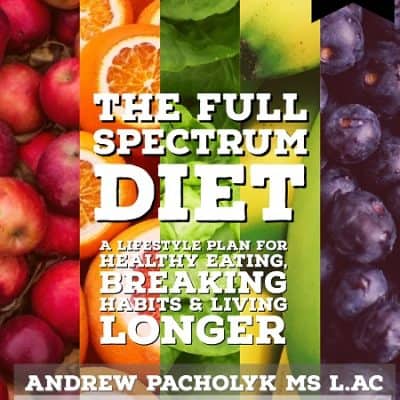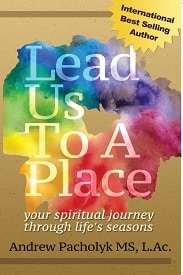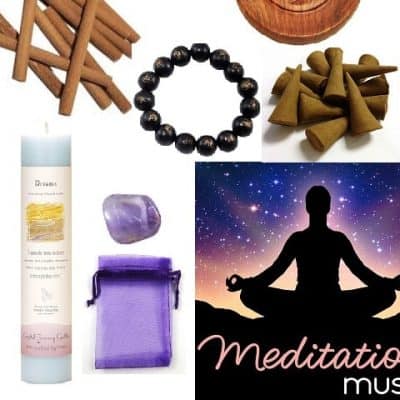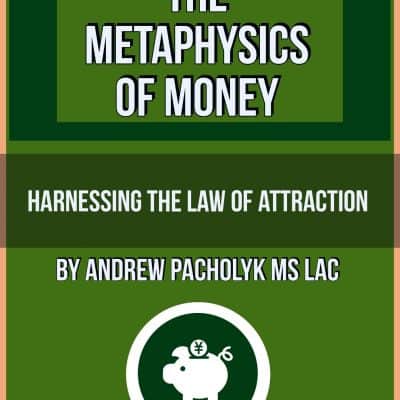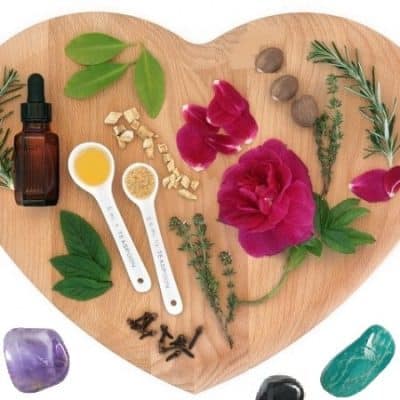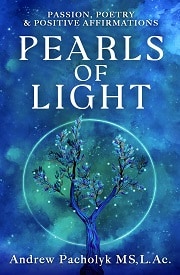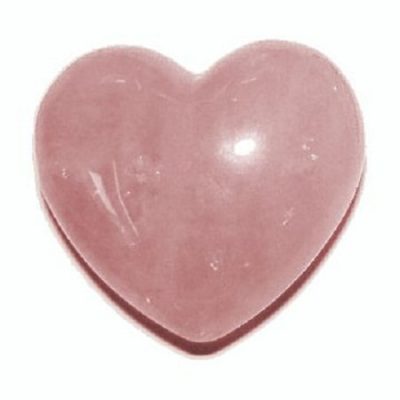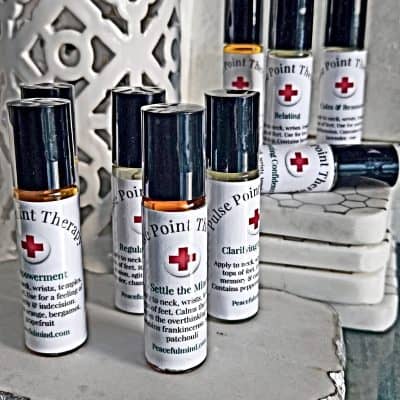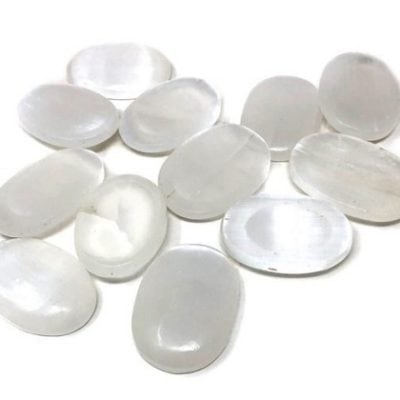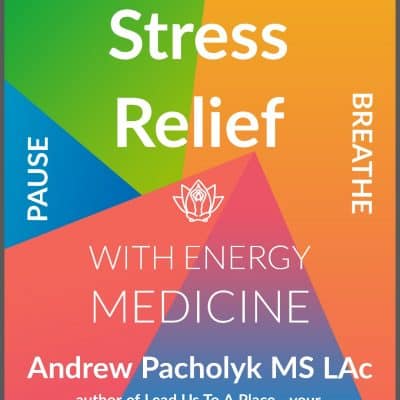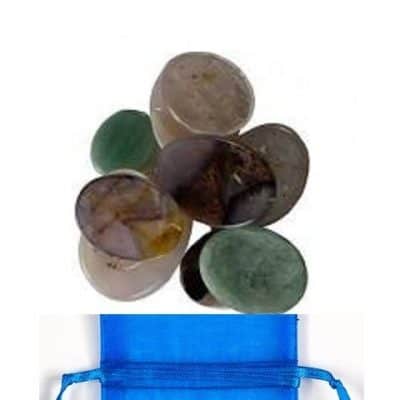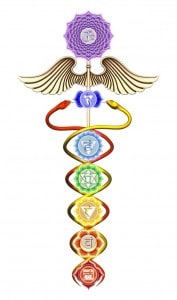 Addiction
Addiction
See also anxiety, depression, detoxing, fear, heart health, high blood pressure, pain management, stress.
Addictions: are the excess use and dependency of/on anything including food, sex, alcohol, smoking, caffeine, sugar, shopping, chocolate, drugs… Why do we become addicted? Many addictions have their roots in painful childhood experiences. According to a study undertaken by the National Academy of Sciences, children are more likely to end up addicted to something if they are physically abused, humiliated, or lied to, and if their parents are themselves substance abusers.
For example, alcoholism is four to five times more prevalent among the biological children of alcoholics than among those with nonalcoholic parents. New research suggests that we may well be hardwired for addiction from a very tender age.
Are you addicted?
Are you addicted?
1. Do you feel that you just don’t want to stop indulging in a
particular substance — caffeine, sugar, tobacco, alcohol, drugs,
sex — right now, although you could at any time?
2. Have you ever tried to stop for a week but been unable to do so?
3. Do you resent the advice of others who express concern about your
substance use?
4. Have you ever tried to control your addiction by switching to an
alternative addictive substance? For instance, have you ever taken up
smoking so that you could give up drinking?
5. Do you envy people who can indulge without getting into trouble?
6. Has your substance use created problems with friends and family?
7. Do you try to avoid family or friends when you’re using your
substance?
8. Have you lost relationships because of substance abuse?
9. Are your friendships determined by whether others indulge in the
same substances as you?
10. Do you indulge in your substance alone?
11. Have you ever neglected your family or work for more than two
days in a row due to substance abuse?
12. When substances are limited or unavailable at social events, do
you try to obtain some anyway?
13. Have you missed time from work during the past year due to
substance use?
14. Has your substance of choice stopped being fun to use?
15. When you are low on your substance, do you feel anxious or
worried about how to get more?
16. Do you plan your life around your substance use?
17. Do you ever consume more of your particular substance than you
intend to?
18. Are you consuming more than you used to in order to feel the same
effects?
19. Do you consume as much as you can and feel reluctant to discard
any leftovers?
20. Are you experiencing financial difficulty due to substance use?
21. Do you use your substance when you are disappointed, depressed,
or going through a difficult time?
22. Does your substance use affect your sleep?
23. Has your sexual ability or desire suffered from your substance
use?
24. Are you concerned that if you stop using, you will lack energy,
motivation, confidence, or the ability to relax?
25. Do you use your substance repeatedly to sleep or stay awake?
26. Do you ever lie to others about how much or how often you consume
your particular substance?
27. Have you ever stolen money or goods to support your habit?
28. Have you lost a job because of substance use?
29. Do you ever regret the way you behaved while you were on a
substance-use high?
30. Do you experience irritability, headaches, or tremors when you
have not consumed your particular substance for a while?
31. Have you ever passed out from substance use?
32. Have you ever felt your life would be more productive if you were
not indulging in that particular substance?
33. Have you become more irritable and difficult to get along with?
34. Is your pattern of use potentially dangerous? (This can be true
even in cases where substance consumption is neither frequent nor
excessive.)
35. Do you lack self-control in deciding whether or not to consume
your particular substance?
36. Is your habit putting you into a state of poor health?
37. Is your substance abuse dangerous to others? (Via secondhand
smoke, drunk driving, using up family resources, et cetera?)
How many questions did you answer yes to? Deep down inside, if you
are being honest with yourself, you know if you have a substance-
abuse problem or are on your way to one. Do something about it now,
while you can.
Addiction to anything
The term addiction is widely used today to mean a dependency. The dependence can be physical or psychological, but implies a compulsive or habitual need to repeat the experience. Many drugs are addictive, but food can also be addictive. Even tasks can be addictive, including exercise, work and dieting.
Once a dependency exists, nutrient deficiencies, hypoglycemia and substances like caffeine and sugar promote intense cravings. These factors cause mood swings and other problems such as insomnia. Excessive alcohol consumption will deplete the body of B vitamins. Narcotics reduce the Minerals in the body, especially magnesium and calcium. Vitamin C, on the other hand, actually helps combat the toxic effects of drugs.
Addictions can be mild or serious. When an addiction becomes severe, it is more important than social acceptance, family, friends, and even life itself. Addictions tend to begin slowly and grow insidiously. The biggest problem in treating addiction is recognizing the problem. Since there is no simple definition, the point where casual use becomes abuse is hazy.
Drug and alcohol abuse are the most well-known forms of addiction, yet they still exist in epidemic proportions across the population. Many groups exist to provide support for addicts and their families. Their programs have achieved remarkable success in helping addicts to achieve long-term substance withdrawal.
Drug and alcohol addictions are caused by a physical and/or psychological dependence. The physical addiction causes withdrawal symptoms, and the psychological addiction causes the intense cravings. Marijuana, cocaine and LSD dependencies are physical addictions. Alcohol and cigarettes are highly addictive, both physically and psychologically. With habitual use of these substances, tolerance levels increase. More is required to reach the same effect, and yet the damage to the body does not lessen.
Food addictions have gained tremendous attention in recent decades due to excessive dieting and the idealization of the perfect figure, causing serious health problems in the younger generations especially. These problems include eating disorders such as yo-yo dieting, anorexia and bulimia. Endorphins released by the brain are thought to be at least partly responsible for the psychologically-addictive anorexia. (Endorphins are “pleasure” chemicals released when conditions become near unbearable, to help the body cope.) Obesity is also caused by addictive behaviors.
Personality plays a role in addiction, although to what extent is unknown. Peer pressure, emotional instability and feelings of inadequacy and unhappiness are often evident in addicts. Since teenagers experience many of these emotional hardships, they are particularly vulnerable to substance abuse and eating disorders.
The social acceptance of medicinal drugs and alcohol encourages use and dependencies. Today, pharmaceutical drugs of all varieties are widely available to kill pain, induce sleep and lift spirits. Advertisements promise easy solutions to complicated problems. Young women are praised for maintaining slim figures, even if it causes poor health.
“Andrew’s Best Remedies”
-
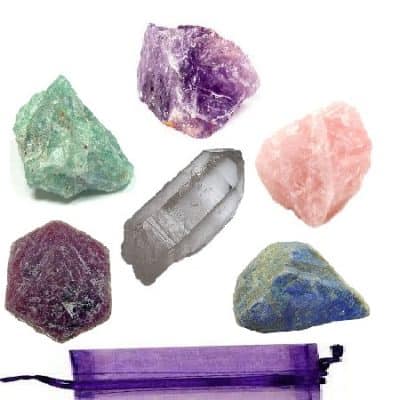
Addiction Stone Set
$ 21.95 -

Aller-C
$ 29.95 -
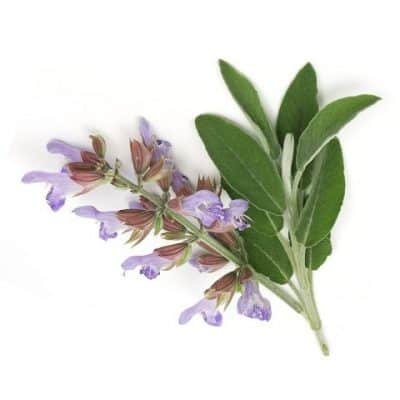
Angel’s Mist Clary Sage Essential Oil
$ 23.00 -
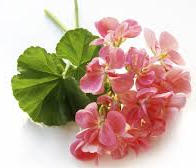
Angel’s Mist Geranium Essential Oil
$ 23.00 -
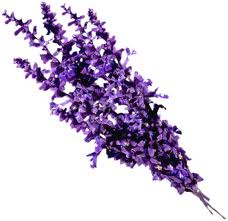
Angel’s Mist Lavender Essential Oil
$ 9.00 -

Angel’s Mist Orange Essential Oil
$ 9.00 -
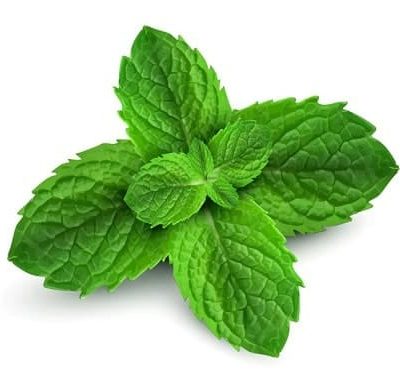
Angel’s Mist Peppermint Essential Oil
$ 9.00 -
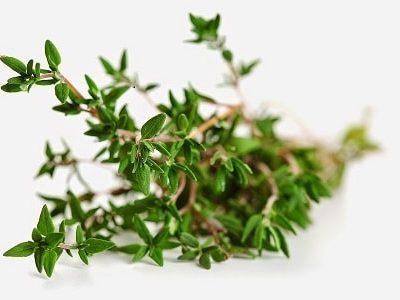
Angel’s Mist Thyme Essential Oil
$ 14.00 -
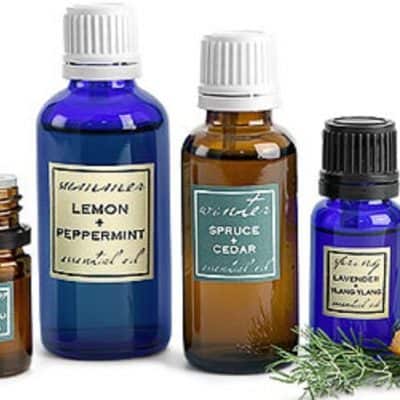
Angel’s Mist Aroma Remedy Blends
$ 19.95 -
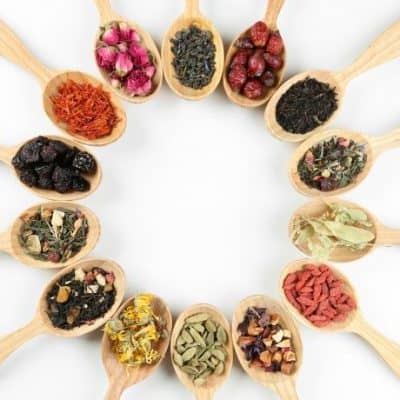
AromaThera-Teas by the Pound
$ 29.95 -
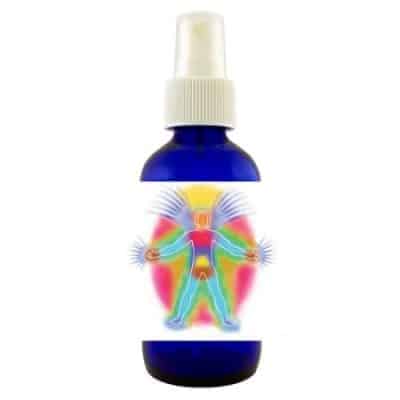
Aura Vibrational Myst
$ 14.95 -
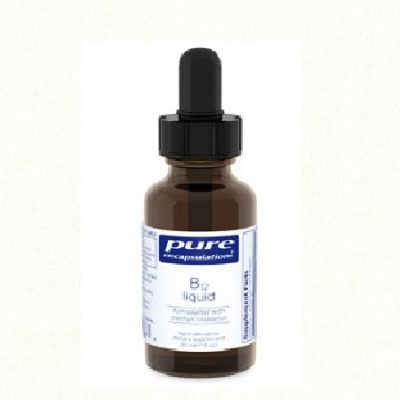
B12 Liquid
$ 18.95 -
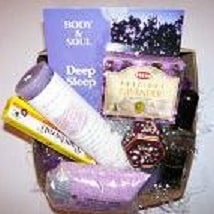
Blissful Bath, Peaceful Sleep
$ 34.95 -
Sale!
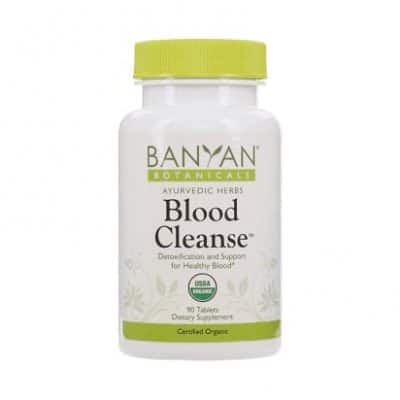
Blood Cleanse 500 mg 90 tabs
Original price was: $ 39.95.$ 37.50Current price is: $ 37.50. -
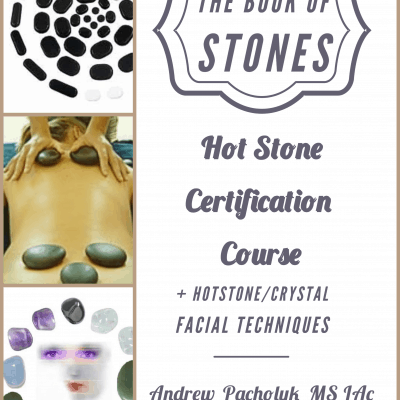
Book of Stones Course
$ 279.95 -
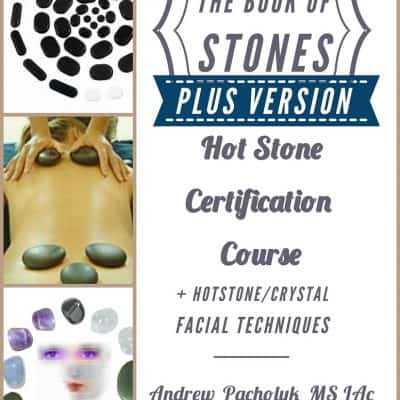
Book of Stones Course PLUS
$ 344.95 -
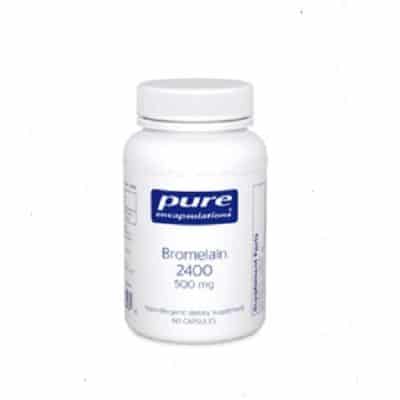
Bromelain
$ 29.95 -

Calcium-Magnesium
$ 29.95 -
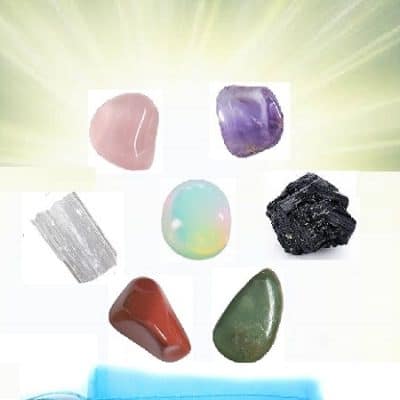
Calm Spirit Stone Set
$ 21.95 -
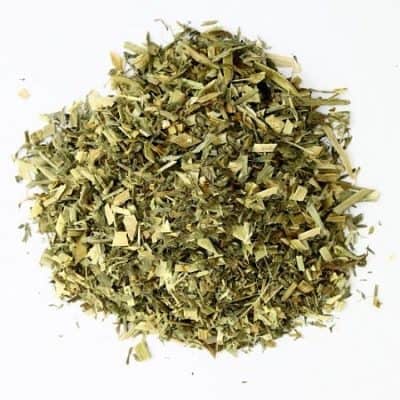
Calm Tea
$ 8.95 -
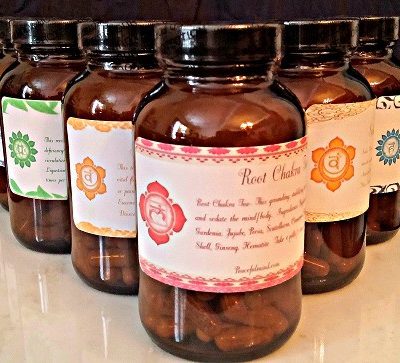
Chakra Granule Tea Capsules
$ 38.00 -
Sale!

Chakra Granule Tea Collection
Original price was: $ 266.00.$ 239.00Current price is: $ 239.00. -
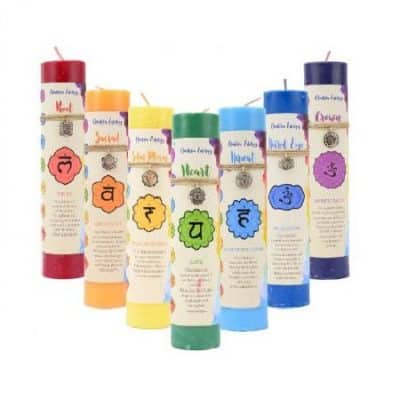
Chakra Pillar Candle Set
$ 89.00 -

Chakra Pillar Candles
$ 14.95 -

Circulatory Health
$ 21.95 -
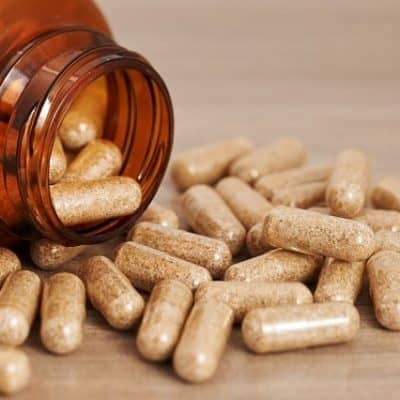
Circulatory Health Formula
$ 38.00 -
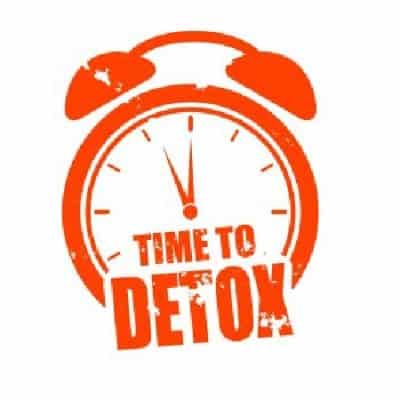
Cleanse & Detox Tincture
$ 21.95 -
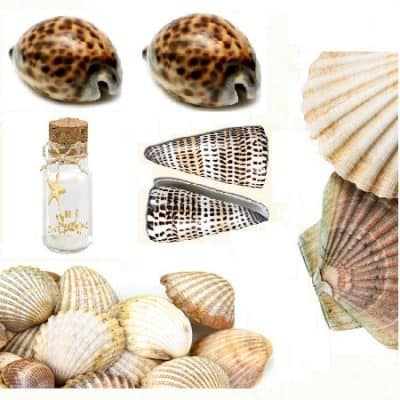
Complete Sea Shell Massage Kit
$ 139.95 -
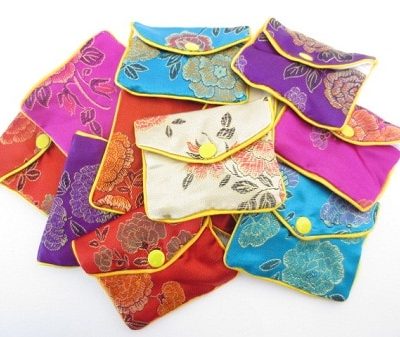
Crystal Meditation Pouches
$ 24.95 -
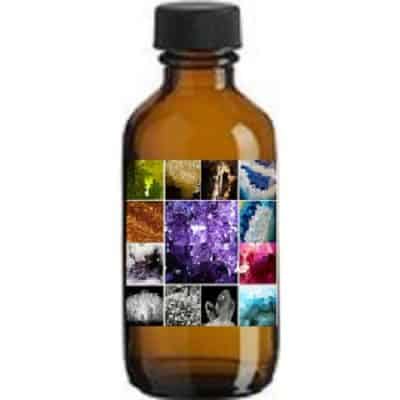
Crystal Remedy Rescue®
$ 19.95 -
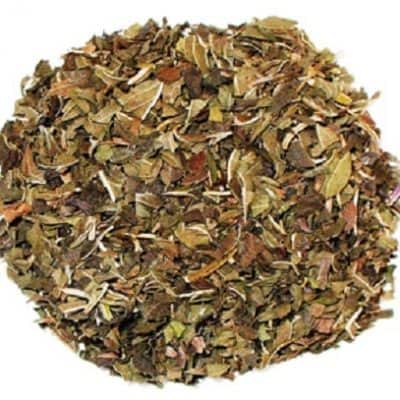
D-tox Tea
$ 8.95 -
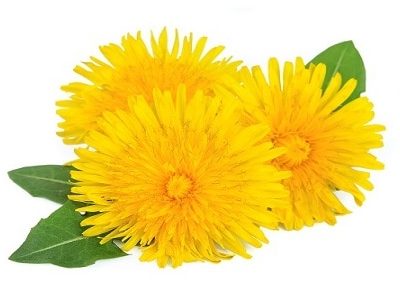
Dandelion Tincture
$ 19.00 -
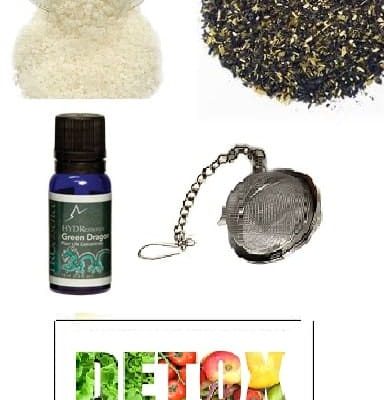
Detox Complete System
$ 49.95 -
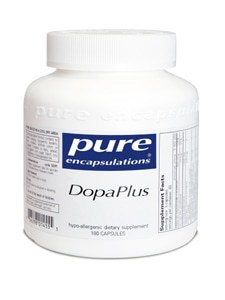
DopaPlus Mood Support
$ 44.95 -

Drainage-Tone Formula
$ 38.00 -
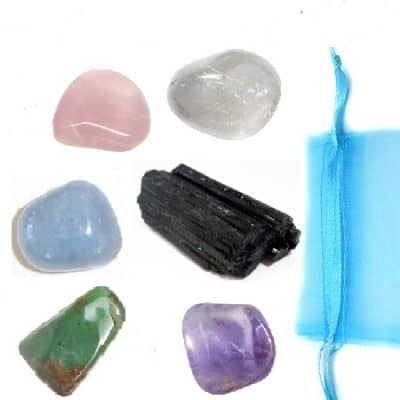
Emotional Stress Crystal Pouch
$ 14.95 -

Flaxseed Oil Gel Caps
$ 19.95 -
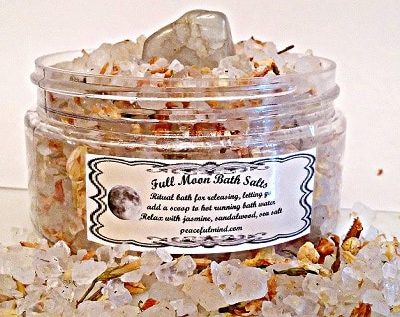
Full Moon Bath Salts
$ 14.95 -
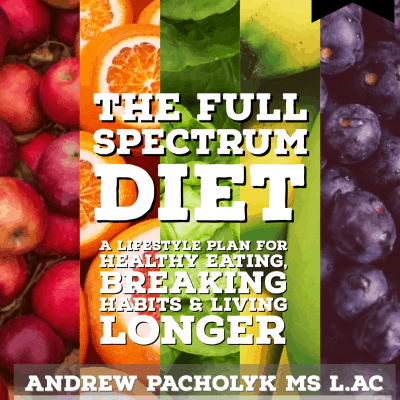
Full Spectrum Diet and Kit
$ 39.95 -

G.I Detox 60 caps
$ 31.95 -
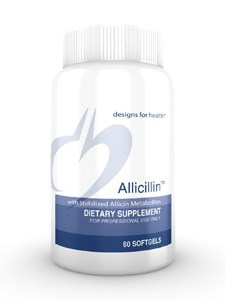
Garlic Allicillin™ 60 gels
$ 29.95 -
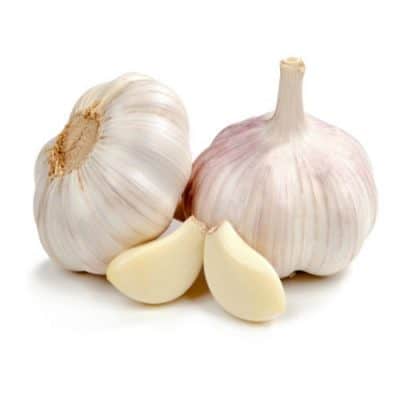
Garlic Tincture
$ 19.00 -
Sale!
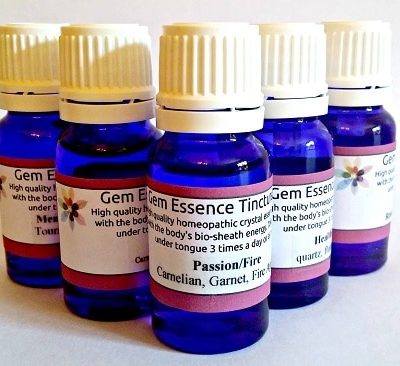
Gem Eessence Tincture
Original price was: $ 19.95.$ 14.95Current price is: $ 14.95. -
Sale!
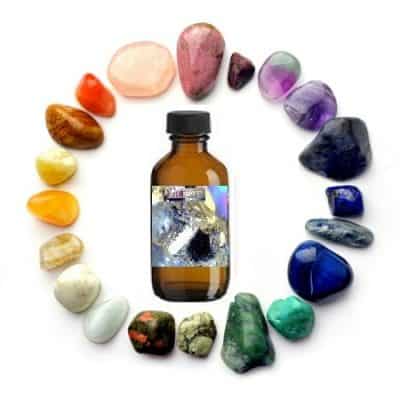
GemEnergy ® “Single Note Elixirs”
Original price was: $ 29.95.$ 24.95Current price is: $ 24.95. -
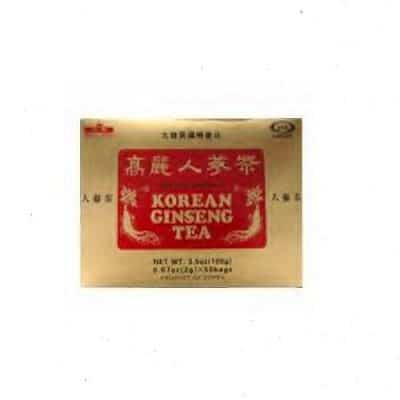
Ginger Tea Granules
$ 8.95 -
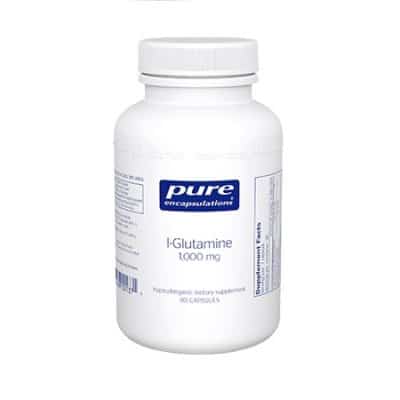
Glutamine
$ 29.95 -
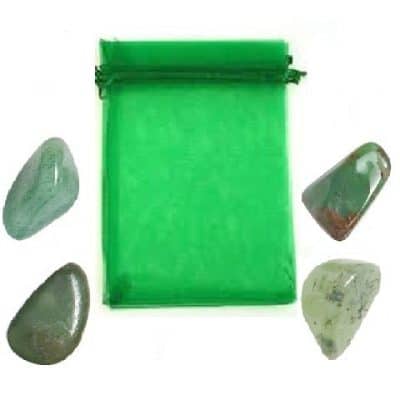
Green Crystal Pouch
$ 11.95 -

Green Tea Antioxidant
$ 42.00 -
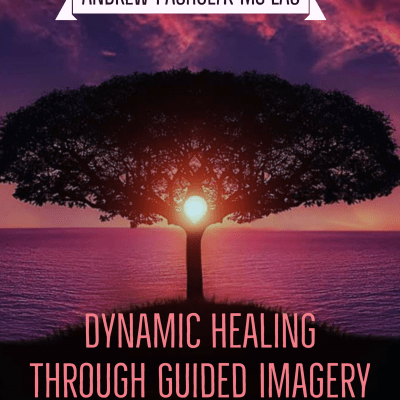
Guided Imagery Course
$ 279.95 -
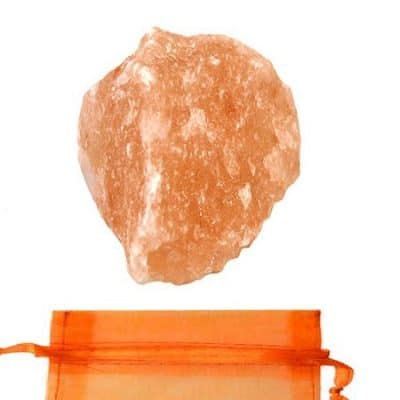
Himalayan Salt Raw
$ 1.95 -
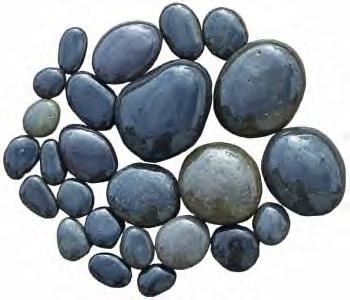
Hot Stone Complete Massage Kit
$ 279.00 -
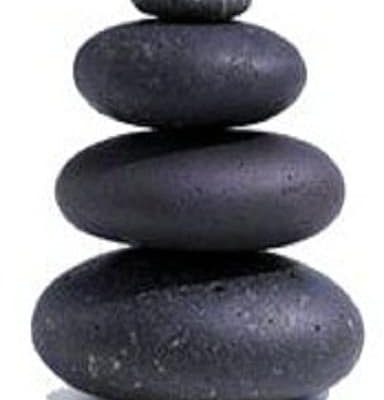
Hot Stone Massage Kit
$ 99.00 -
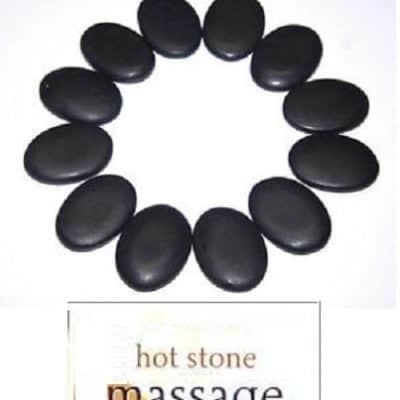
Hot Stone Starter Kit
$ 59.95 -
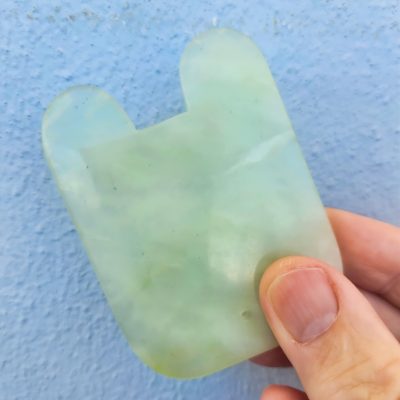
Jade Gua Sha Tool
$ 34.95 -
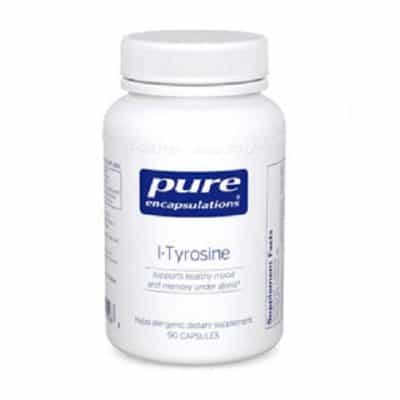
L-Tyrosine
$ 24.95 -
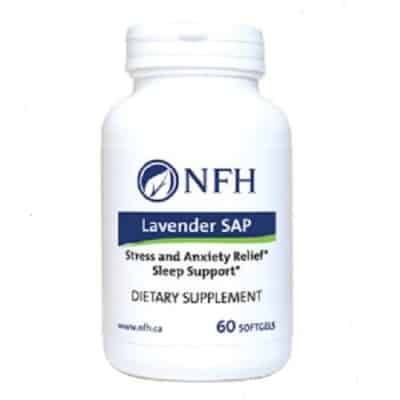
Lavender Stress Anxiety Pills
$ 39.95 -
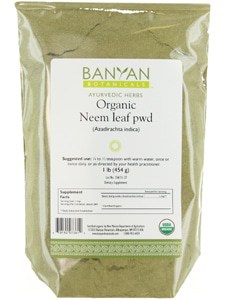
Neem Powder 1/2 lb (Certified Organic)
$ 19.95 -
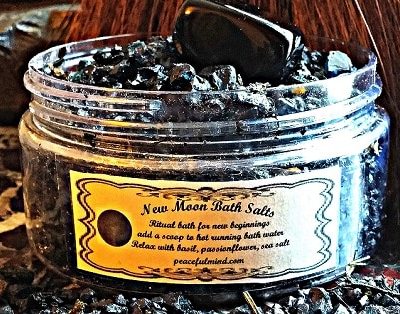
New Moon Bath Salts
$ 14.95 -
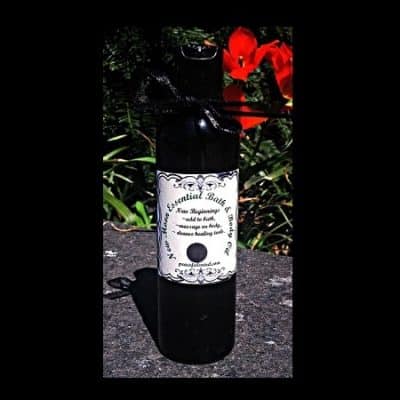
New Moon Essential Bath & Body Oil
$ 19.95 -

Pro-Omega-3 120 Lemon
$ 49.95 -

Pro-Omega-3 60 Lemon
$ 28.00 -

Reishi Mushroom Capsules
$ 42.00 -
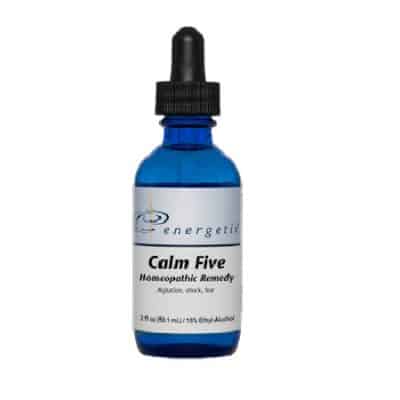
Rescue Calm Five Homeopathic Remedy
$ 38.00 -
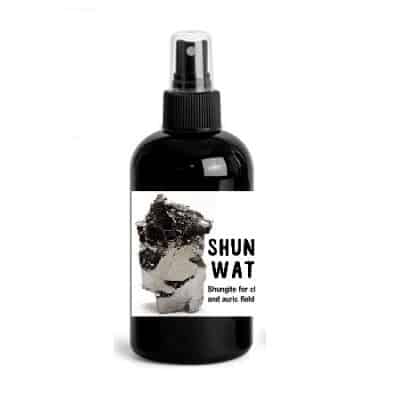
Shungite Energy Water
$ 14.95 -
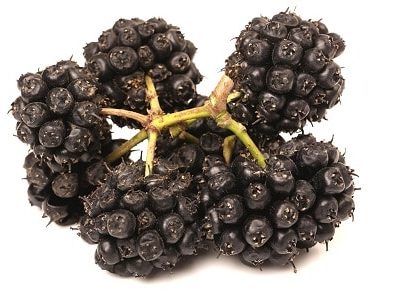
Siberian Ginseng Tincture
$ 19.00 -
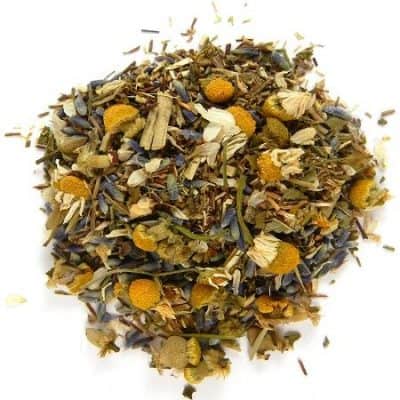
Sleepy Tea
$ 8.95 -
Sale!
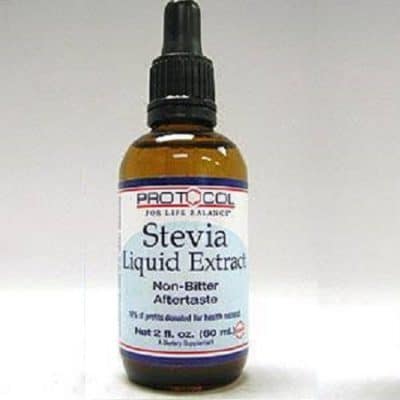
Stevia Liquid Extract
Original price was: $ 14.00.$ 11.95Current price is: $ 11.95. -
Sale!

Stop Smoking Kit
Original price was: $ 49.95.$ 44.95Current price is: $ 44.95. -
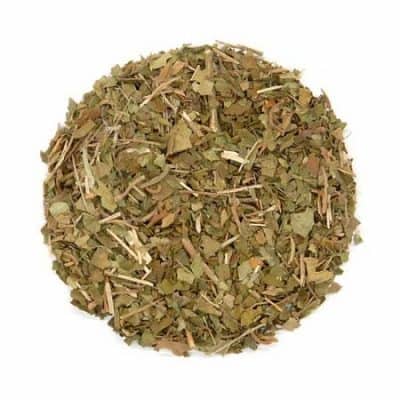
Stop Smoking Tea
$ 8.95 -
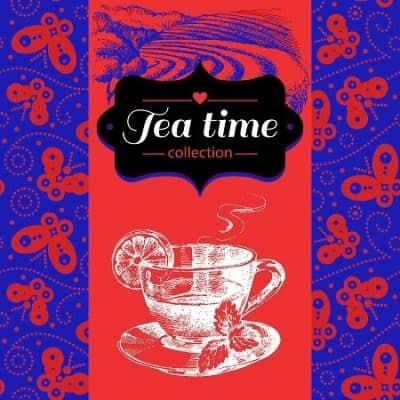
Stress Relief Herbal Tea Bags
$ 9.95 -
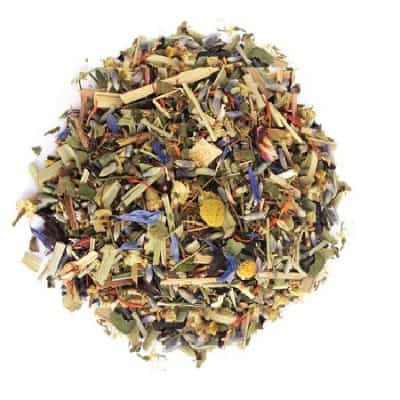
Subtle Tea Anniversary Blend
$ 12.95 -
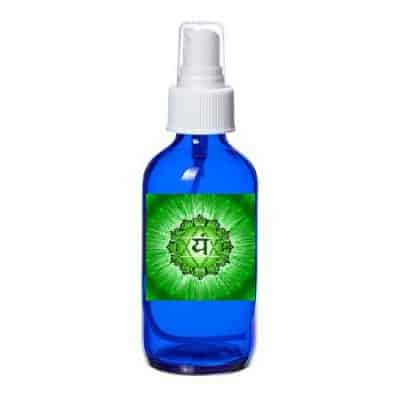
The Chakra Myst Sprays
$ 14.95 -
Sale!
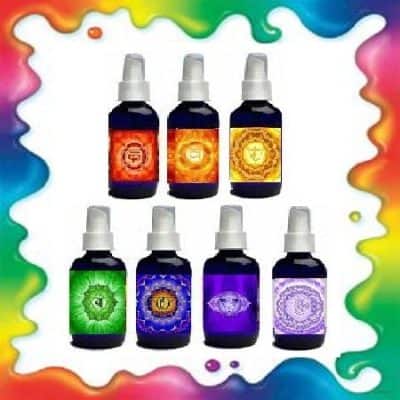
The Chakra Myst System ™
Original price was: $ 105.00.$ 99.00Current price is: $ 99.00. -
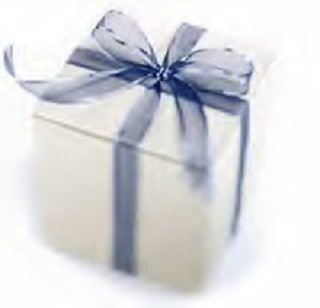
Themed Gift Sets
$ 39.95 -
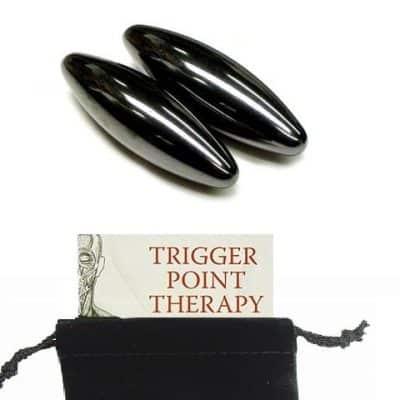
Trigger Point Therapy Kit
$ 34.95 -
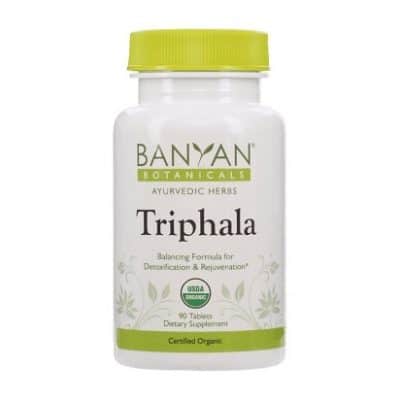
Triphala
$ 34.95 -
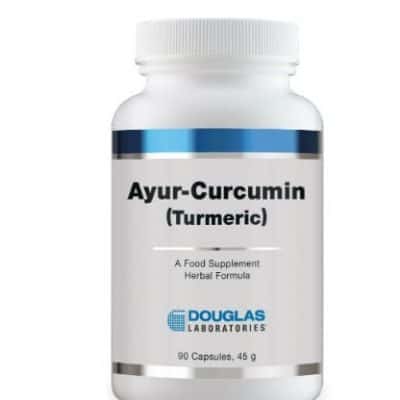
Turmeric (Curcumin) 300 mg 90 caps
$ 29.95 -
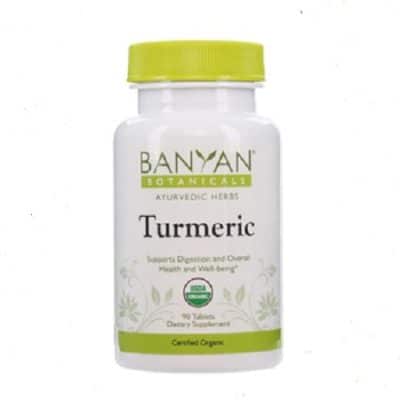
Turmeric Tabs
$ 24.95 -
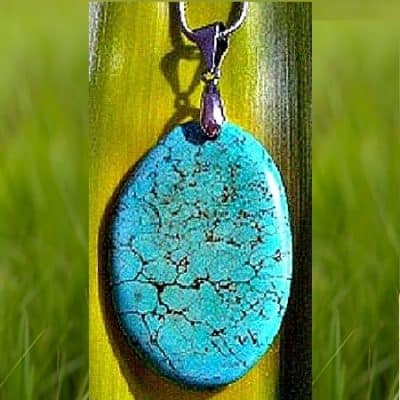
Turquoise Anti-Anxiety Pendant
$ 24.95 -
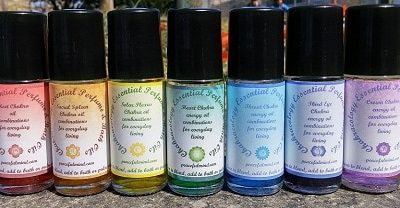
Vedic Chakra Bath Perfume Oils
$ 14.95 -
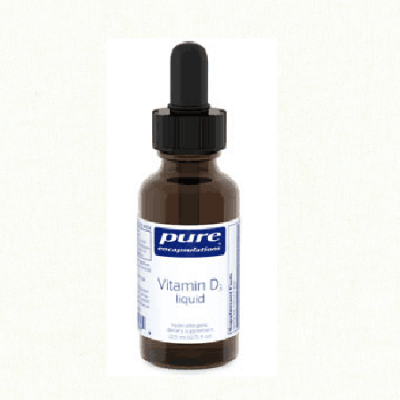
Vitamin D3 Liquid
$ 28.00 -
Sale!
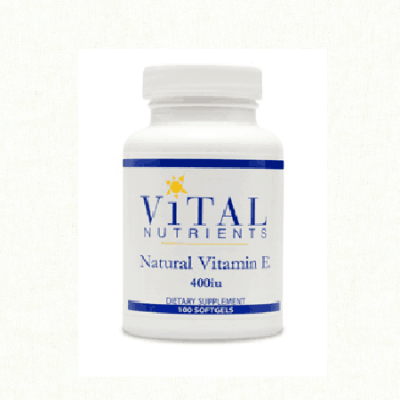
Vitamin E
Original price was: $ 21.95.$ 19.95Current price is: $ 19.95. -
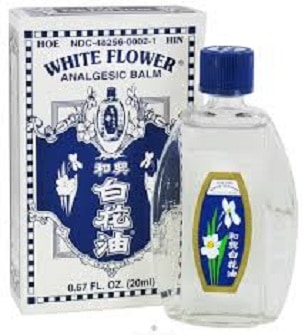
White Flower Oil
$ 14.95 -
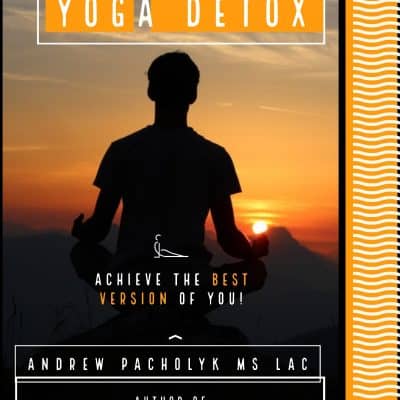
Yoga Detox Ebook
$ 9.95
Top 10 Ways To Stop An Addiction
by Dennis R. Tesdell, Personal Development and Self-Care Coach
Everyone has a habit and some an “addiction” that they would like to break or quit for health or other reasons. The “bad” habits can be minor such as nail biting, mild overeating, eating junkfood, drinking caffeine beverages, or,they can be severe addictions to alcohol or other “hard” drugs, or to tobacco. This list is intended for most people as an ADJUNCT to getting *professional* or other supportive help from their doctors, substance abuse counselors or therapists, sponsors, family and friends. Always get professional help when trying to quit an alcohol/drug habit, and it’s highly recommended if you are needing to seriously diet or quit smoking tobacco also.
- Make Sure Positive Reinforcement Is There For You!
Quitting a long-standing habit is hard enough. Not having any support or positive influences makes it doubly difficult. If you are trying to quit smoking or to drink alcohol, hanging out with friends who smoke or drink in your presence is not recommended. TELL your friends and *all* support people what you are trying to work on and quit, and let them know it will be easier for you to quit if you are not tempted by being around the habits or activities you are giving up. Let them know it is not a “personal” judgment of them. Find new places to go, and new things to do if you must, to avoid smelling the smoke or being around the bars and the booze. This is especially important during the first 2-3 weeks of your “self-improvement” program.
- Give Yourself Frequent Rewards!
Animal trainers have long known that the way to train or retrain an animal to do something is by giving them a small reward when they have done well. This theory works well with humans as well. If you have gone a day without smoking or sipping a beer, or eating any junk food, treat yourself to something healthy. Buy yourself the scarf or shirt you have been looking at for months. If overeating or junk food is not your bad habit/addiction, buy yourself an ice cream cone, frozen yogurt, or a banana split! A new CD or book is also a small but symbolic gift which says you are doing well, and you deserve to be commended! Buy or give yourself whatever” treat” or gift you like. The above are suggested since the treats animals trainers use of fish, dog biscuits and bananas are not very appealing to most humans.
- Substitute The Old “Bad” Habit For A Healthy New One.
If you are giving up smoking, eating junk food, alcohol, or tobacco, there are things you can substitute for them that will make quitting easier. Sugar free gum and candy in your mouth is a well tested substitute for a cigarette, pipe or cigar. It lacks the nicotine, but it does serve a purpose and seems to help many people. Lollipops worked for the TV series detective “Kojak” as I recall. Also, if junk food is your “bete noire,” keep popcorn (NOT the microwave type that is salted and very oily) on hand to pop in a “hot air” or microwave popper without oil. Studies have found that humans get a lot of their craving for food satisfied by eating things that “crunch.” Obviously there are very high calorie snacks that crunch, but pick some that do not, such as carrot and celery slices (keep on hand in a large bowl of water in the refrigerator so they are all ready to eat). If “rabbit food” does not appeal to you, try the popcorn or be creative. People quitting alcohol can keep club soda or carbonated flavored drinks on hand. They allow you to drink something, and they are a good alternative at parties and when you must be in a bar or lounge.
- Quit or Change For *Yourself* First, Not For Anyone Else.
Self-motivation is vital to quitting a bad habit or an addiction. Do not start trying to quit a behavior or addiction because your spouse, minister, parents, or friends want you to do it. You *must* be at a place where you want to quit for YOURSELF, because you realize what you are doing is not healthy or is not something you want to continue to do. Without this “self-motivation,” quitting will be harder, and often is not long-term nor permanent. It is fine to quit also for the benefit of your friends and family and job and doctor, etc. AND, you must first really have a “deep down” commitment and desire to quit for *you* and for your own health, self-esteem, emotional balance, and happiness. Use your family and friends who support your efforts to help you and help keep you motivated beyond your own “inner strength” and desire to change.
- Use PROFESSIONAL Help And A Dependable Support Network!!
Especially if you are addicted to alcohol, to cigarettes, or to drugs, it is important to have a physician who is very knowledgeable about your condition, and who will support you and monitor your health and your progress as time passes during your change and recovery phases. It is important to have a recent physical exam if you have been an alcohol or drug abuser, or if you are severely overweight. This way, the doctor can offer advice on any appropriate dietary supplements, as well as exercise guidelines for your specific situation. In addition, get the help of a support group which specializes in your problem if it is overweight, or substance abuse. They are usually free and can be of good support to you in the early stages of your new “lifestyle change.” Friends, family and clergy are also common sources of support. A therapist or “substance abuse counselor” is also an option. Check your Yellow Pages under “Substance Abuse,” “Hospitals,” “Counselors,” “Therapists,” “Drugs,” “Rehabilitation,” and even the “Red Cross.” Many of these agencies have either free or “sliding scale” support programs available, depending on your situation and the size of your city.
- Start A Stress Reduction Program When You Begin Your Change.
We have all heard people say they need a drink “to unwind,” or a cigarette “to calm my nerves.” That is simply medical hog wash. Most people know nicotine is a stimulant, and does nothing physiologically to “calm” the smoker down! While alcohol IS a depressant, and the person will feel sedated or “calmer” for a while, after the alcohol is metabolized as sugar, it drops the blood sugar level, and the adrenal glands are stimulated, often making the person edgy or nervous again. Some heavy drinkers often wake in the night a few hours after going to bed, due to hunger (the low blood sugar is making them hungry) or an inability to stay asleep (the adrenal glands have “kicked in” and they have put some adrenaline, cortisol, etc. in the bloodstream, raising the person’s pulse rate and blood pressure). And as we also know, many people say that eating food or certain foods “calms them down” or helps them “feel better” when they are sad or disturbed. It’s time to start reducing the stress and tension by healthy means. The best (and most easily used in any environment) stress and tension control skills to learn are yoga, meditation, self-relaxation or self-hypnosis, and biofeedback. These can all be learned by books, video and audio tapes, or you can go see a trained professional and learn them. They will be useful to you your entire life, and will help you immensely when you get the craving for a cigarette, a drink, or a quart of “Rocky Road.” The time to learn them well enough to get good use from them will vary from 1-4 weeks. The cost can be as low as $10. for a book or audio tape, to $400-500. for a month of professional instruction. Keep in mind the cost of a month of smoking, heavy alcohol consumption, or junk food. DO IT. It is well worth the investment.
- Don’t Get On The “Guilt Train” During Your Journey To Self-Improvement.
Change, and especially the giving up of severe addictions, is an up and down journey. You will have many good hours, days, and weeks, and you will have times when you are ready to quit and “throw in the towel.” It is RARE for a person to quit a bad habit or an addiction without experiencing these “ups and downs.” If you falter; sneak a “smoke,” buy 3 Snickers bars at the Quick Trip and devour them in the car on the way home, etc. don’t beat yourself up for it later! Guilt is a *non-productive* feeling humans create to handle conflict. Creating guilt will only lower your self esteem, making it harder for you to stay on course. Many behavioral scientists also believe guilt actually makes it *easier* for humans to repeat “bad” behaviors, since they have in a sense “punished” themselves for what they did, and the punishment was not all that bad! Do not accept guilt laid upon you by anyone else either. Forgive yourself. Remind yourself that what you are doing is hard, and that it is for your very best interest, and that changing or dumping a bad habit or addiction is VERY difficult. If you find quitting alcohol is too hard alone without medication, some doctors still will prescribe drugs such as “Antabuse.” Be aware that it will make you *VERY* ill if even the smallest amount of ANY type of alcohol is ingested or enters your bloodstream. This includes such substances as shaving lotion and rubbing alcohol on the skin as well! Try to use this as a last resort.
- Get Yourself Into A Routine of Physical Exercise.
Depending on the habit or addiction you are working on quitting, you may already be exercising.. Chances are however, if you are a heavy smoker, drinker, or eater, you are not exercising much, if at all. Drinking, smoking, and obesity of course affect the heart and lungs so much that anything very strenuous has the drinker, smoker (often heavy smoking and drinking go hand-in-hand) or obese person huffing and puffing in a short time. First, have your doctor examine you and give you any guidelines regarding the types and the degree of exercise he feels you are ready for to be medically safe. The exercise serves several purposes. The main two are to get your heart and lungs reconditioned if you have been an abuser of alcohol or tobacco or overweight, and to help keep your tension level under control. You will also find that you have a very hard time sipping a scotch, smoking a cigarette, or eating a Big Mac or anything else while you are running, on a treadmill, on a “stair stepper,” in the swimming pool, riding a bike, or “Sweating To The Oldies” at a health club. The trick is to keep your mind on the road ahead, the speedometer, the water, or the various spandex outfits around you. Distraction and stress reduction combined will greatly help to curb any outside thoughts or cravings for most people.
- Hit “Rock Bottom” *If You Must* To Get Motivated.
Most of the animal kingdom is smarter than humans when it comes to learning lessons or to taking care of themselves. If a fox gets buckshot in his rump trying to sneak into a chicken coup, chances are he will never return. If a young bear cub reaches into a bee hive for honey and gets his nose stung by the angry bees, he’ll learn another way of getting the honey before he tries that again. For some reason, God and the Universal Laws of “Lesson Learning 101” for humans is many times more difficult. Humans often need to get “hit in the head by a brick,” “run over by a truck,” or almost die, before they figure out it is time to evaluate their lifestyle or habits! If it takes a doctor saying he sees a “suspicious spot” on your lung X-ray, or a “large mass” in your colon or on your liver for you to decide this is perhaps your final “wakeup call” to change a harmful habit or addiction, pay attention! You can start to work on your life ANY time. *Hopefully*, you can do it before any serious damage has been done by your habits or addictions. If not, do what the doctors recommend, and all of these hints will still be of great benefit to you in how you recover or feel.
- Pace Yourself, Depending On Your Particular Situation.
Do not gauge your progress or lack of same based on other people’s experiences, what you read, see on television, etc. You are unique, both in your body and mind. Everyone heals and recovers and changes at different rates and in different ways. Don’t be fooled by the ads for “quick and easy” weight loss by liquid diets, pills, herbs, or machines. It takes a combination of *many* things,some named above, to really successfully lose weight. The same is true of addictions to tobacco. Do not think that a magic “patch” or chewing gum is going to help you quit quickly and forever. Without the motivation, the exercise, the stress control, and the other things mentioned, you will probably be using tobacco within a few weeks or months. This is documented by scientific studies. The same is true of alcohol or drug addictions and withdrawals. One needs to use a muti-disciplinary treatment program to ease off and quit and to stay away from any bad habit or addiction. Have your doctor, your therapist, your counselor or coach, and your family support you, and as long as you are making progress, even if it seems inordinately slow to you, you are on track and will do much better perhaps than those who lost 5-7 pounds a week (never suggested by experts) or who quit smoking or drinking or drugs “cold turkey.” When in doubt, ask your support and professional team for guidance, and if necessary, ask for encouragement! It takes guts to quit a bad habit or addiction. Allow yourself to feel good about your decision to do it. When you have done it, celebrate life and give youself a BIG gift of some kind!
Managing Addiction
- Avoid prolonged, excessive stress. Find a complete change of environment through travel or a retreat.
- A natural, balanced lifestyle with plenty of sleep, rest and relaxation will help the body rebuild the organs damaged by the addictive drugs. Walk and hike in the fresh air of forests, meadows and mountains to oxygenate the blood and stimulate the liver and digestive functions. Take along a sympathetic friend who understands your situation and can give moral support to help you go through with the detoxifying program.
- Swimming, gardening and regular deep-breathing exercises, as well as sauna and cold, morning body washes help restore health and vitality.
SMOKING AND NICOTINE ADDICTION
Tobacco, in the form of cigarettes, is the most addictive drug in the world. Nicotine is one of the strongest stimulants known, and smoking is one of the most efficient drug-delivery systems. Smoking actually puts drugs into the brain more directly than intravenous injection. It is true that one of the “benefits” of smoking is the brief relief of internal tension; unfortunately, within 20 minutes the tension is back stronger than before, demanding another fix.
Do The Peacefulmind.com Stop Smoking Program NOW!
DEALING WITH SEXUAL ADDICTION
Sexual addiction is rapidly becoming recognized as a major social problem with similarities more well-known to alcohol and drug addiction or compulsive gambling. We are becoming accustomed to hearing about sexual scandals in our communities, in the workplace, in churches and schools, even in the White House, involving those in which we place our trust. And sometimes we experience shocking sexual discoveries in our own families, involving people we know personally. Many of these situations are better understood if we have some knowledge about sexual addiction.
Based on a 10-year research study of 1500 sexual addicts, Carnes has estimated that about 8% of the total population of men in the US are sexually addicted, and about 3% of women. That translates into over 15 million women and men who suffer from this problem.
Some Characteristics of Sex Addiction
The sex is shameful. The addict feels shame about what he or she is doing, or more accurately, about what he or she has done, usually immediately after engaging in sex acts that violate some of the person’s standards. Or the shame may be denied by calling it normal for “a real man,” or by focusing on others: “She wanted it,” or by engaging in it again right away so the shame is exchanged for pleasure. Thus a married man may feel remorse after having sex with his best friend’s wife, rationalize that his friend wasn’t sexually satisfying her, and avoid going to bed with his own wife afterward by staying up and masturbating while watching a movie on the sex channel.
The sex is secret. The sex addict more and more comes to live a double life–perhaps well-known, respected and admired in his visible life but secretly engaging regularly in sexual acts that would be shocking to those who know and love him. So a sexually addicted minister could be revered on Sunday morning for preaching on the sinfulness of adultery and fornication and then engage in those behaviors himself at a modeling studio or adult bookstore on Monday afternoon, having told the church staff or his family a lie about his whereabouts. Or a gay man might tell his relationship partner that he is going to visit a friend but goes to a park to cruise for anonymous sex instead.
The sexual behavior is abusive. It violates someone else’s choice or exceeds their understanding. There is the man who manipulates or coerces his date into being sexual with him; the woman in a partially unbuttoned blouse who bends down toward an unsuspecting male coworker and “accidentally” exposes her whole breast; or the man who seeks out crowded shopping malls so he can meander among the throng to “cop a feel.” Or adult men and women who manipulate the trust of children and abuse their power over them by tricking them into performing sexual acts with them. This is exemplified by the teacher who becomes sexual with a student, a scandal we’ve seen recently in the news, or the neighbor who hires a boy to mow the lawn and then invites the child inside and lures him into sex. The sex may also be abusive to the sex addict him or herself, such as masturbating to the point of physical injury or cutting or pinching oneself for sexual arousal.
The Emotional Aspects of Sexual Addiction
The emotional component attached to sexual addiction is Fear. It is the running from the self. It is also considered not knowing HOW to love one’s self.
Compulsive sex is a coping mechanism learned early on. One learns to use sex to obtain comfort and at the same time has to deal with a message that being sexual is perverse, shameful and humiliating. The conflict results in self-loathing, which in turn leads to more pain and loneliness — and more need for sex. In our culture, sex seems to be either repressed or glorified and commercialized. One popular attitude is that it is healthy and desirable to have sex as frequently as possible. This cultural attitude makes it tough to see that there can be such a thing as sexual addiction.
Steps to Change
There is no magic pill or herb till help “cure” sexual addiction.
This is a process that must be followed and it starts with loving and learning to love and respect yourself!
You must want to change. You must want to take aggressive action to stop this addiction. This applies to ANY ADDICTION. The desire to want to change must be there. Otherwise, you will lose an up hill battle.
Start each morning and end each evening with a a positive
affirmation. Say out loud to yourself:
“I now realize how wonderful I am. It is my choice to love and
respect my self today and everyday.”
There are many 12 step programs available that helps you to work through this addiction with others who are in your shoes. There is nothing that compares to sitting in a room of others who have been there and found true recovery in working the steps. It is really hard to tell lies to other addicts who have been there and come back.
So many alternative and complementary modalities have great success when combined with the desire to want to control or better yet, re balance yourself. Acupuncture has the NADA protocol which works wonders for addiction and the stress that comes with it. Homeopathy can redirect the energies through the subtle yet powerful applications. Massage and energy medicines can re-structure the physical body and re-align the energy bodies in ways that are profound. These are a small sampling of modalities.
All these ideas together, start becoming a lifestyle. The best way to deal with EVERY situation.
Clinical View
I have had the opportunity to see many people over the years in my clinical practice who deal with sexual addiction. Whether it manifests itself as compulsive masturbation or indiscriminate sexual experiences with strangers, the elements of compulsive behavior and the lack of control qualifies the behavior as being addictive.
I have also found that the act of controlling sexual addictions is completely up to the individual dealing with the addiction. I will say this again because it is worth repeating the act of controlling sexual addictions is completely up to the individual dealing with the addiction.
No friend, relative, lover, partner, parent can control or want you to control the addiction. Addicted to sex can be determined by these guidelines. Ask yourself the following 10 questions:
1. Are you having sex just to have sex?
2. Do you spend excessive amounts of time in pursuit of sex, having sex?
3. Are you unable to stop even though there are consequences to pay?
4. Do you constantly have to increase the danger of high-risk or destructive sexual behavior because what you’ve done until now is no longer enough?
5. Do you have an ongoing desire to curb your sexual behavior?
6. Do you do sexual things that you repeatedly promise yourself never to do again?
7. Is the sexual experience devoid of intimacy?
8. Do you spend excessive amounts of time recovering from the experience?
9. Do you have feelings of quilt, shame or humiliation after the experience?
10. Does the thought, act or desire keep you from completing your daily routine?
Sex is a wonderful and necessary part of our human souls! Our Sexual Health is one of the most important elements of our whole being and one that is often shunned, ignored or found to be down right “dirty.” A mentor of mine said to me once, “You should look at EVERY person as a sexual being!”
But when sex becomes an overwhelming part of your persona, when you define everything around you through sex, then you will realize just how much of your life you’re in control of, or how much your addiction is in control of you.
I have included some helpful resources below:
RECOVERY PROGRAMS FOR SEX ADDICTS
SEX ADDICTS ANONYMOUS (SAA)
For people interested in recovery from their sexual addiction.
(Some meetings are for men only, some for women only, and some mixed.)
Phone: (713) 869-4902
Address: International Service Organization of SAA (or ISO of SAA)
P.O. Box 70949
Houston, TX 77270
E-mail: [email protected]
www.sexaa.org/index.htm
SEX AND LOVE ADDICTS ANONYMOUS (SLAA)
For people wanting recovery from patterns of addictive relationships
where love, romance and sex are the addictive focus.
Phone: (781) 255-8825
Address: The Augustine Fellowship
P. O. Box 338
Norwood, MA 02062-0338
https://slaafws.org/
E-mail: [email protected]
SEXAHOLICS ANONYMOUS (SA)
For sexually addicted people looking for a recovery program with a
more specific definition of what recovery is.
(Seems to appeal particularly to heterosexual men.)
Phone: (615) 331-6230
Address: P. O. Box 111910
Nashville, TN 37222-1910
https://www.sa.org/
E-mail: [email protected]
SEXUAL COMPULSIVE ANONYMOUS (SCA)
For sexually compulsive people seeking recovery.
(Founded by gay men and open to people of all sexual orientations.
Web site has online meetings.)
Phone: 1-800-977-4325 ( 1-800-977-HEAL) International: +1 212 606
3778
Address: P. O. Box 1585, Old Chelsea Station
New York, NY 10011-0935
E-mail: [email protected]
www.sca-recovery.org
RECOVERY PROGRAMS FOR PARTNERS
CODEPENDENTS OF SEXUAL ADDICTION (COSA)
For those whose lives have been affected by another person’s
compulsive sexual behavior and who seek support and recovery from
their own addictive patterns with their sexually addicted partners or
others.
(Majority of meetings usually women’s meetings, though isolated mixed
and mens meetings may be found.)
Phone: (612) 537-6904
Address: COSA National Service Organization (or COSA NSO)
9337-B Katy Fwy #142
Houston, TX 77024 E-mail: [email protected]
www.cosa-recovery.org
CO-SEX AND LOVE ADDICTS ANONYMOUS (CO-SLAA)
For partners of sex and love addicted people seeking support and
recovery from their own addictive patterns with their sex and love
addicted partners.
Phone: (617) 332-1845
Address: P. O. Box 650010
West Newton, MA 02165
RECOVERY PROGRAMS FOR COUPLE
RECOVERING COUPLES ANONYMOUS
For couples in which addiction (not just sex addiction) and
codependency exist, who desire recovery from their addictive behavior
with each other. Phone: (314) 830-2600
Address: P. O. Box 11872
St. Louis, MO 63105
https://recovering-couples.org/
E-mail: [email protected]
Sexual Addiction Recovery Online:
http://www3.primushost.com/~sareco99
Get More Help. Find It Here:
for more information go to the website:
http://www.sexaddictionhelp.com/general.html
CHOCOLATE AND ADDICTION
Some great research has been done in Scotland on the power, history and addictive properties of chocolate. The research is called:
“Chocolate addiction”: a preliminary study of its description and its relationship to problem eating.
by Hetherington MM, MacDiarmid JI
Department of Psychology,
University of Dundee, Scotland.
Appetite 1993 Dec; 21(3):233-46
Herbal Remedies
Malnutrition is often coupled with addiction problems and compounds the symptoms of cravings and withdrawal. Herbs can rectify these imbalances.
Astragalus Strengthens the natural defenses of the body. Can involve the immune system, cardiovascular system and glands from all other systems. Provides energy to fight fatigue, increases metabolism. Good for colds, flu and immune deficiency symptoms. The belief that astragalus can strengthen immunity has a partial basis in Chinese tradition. It was the Chinese who first developed astragalus. Astragalus should be for use while you’re healthy, for the purpose of preventing future illnesses. The root of the herb is used. Extracts of astragalus have been found to stimulate parts of the immune system in humans.
Bee Pollen – has been used to build up the immune system to to fight colds and to counteract depression. Bee pollen has also been used internally to increase anti-allergenic properties to enhance the immune system against allergies to pollen. Bee Pollen is used in the fight against addictions because it helps support and strengthen the immune system. Locally grown bee pollen is best.
Burdock Root – Burdock root contains high amounts of inulin and mucilage. This may explain its soothing effects on the gastrointestinal tract. Bitter constituents in the root may also explain the traditional use of burdock to improve digestion. It also contains polyacetylenes that have been shown to have antimicrobial activity.
Dandelion – Dandelion is a natural diuretic that increases urine production by promoting the excretion of salts and water from the kidney. Dandelion may be used for a wide range of conditions requiring mild diuretic treatment such as addictions, poor digestion, liver disorders, and high blood pressure.
Garlic – One of the oldest recorded culinary spices, garlic (Allium sativum) is mentioned as a food in the Bible, and is known to have been part of the diet of Egyptian workers as long ago as 2600 BC. It is the dominant flavour in much of Mediterranean cuisine, but is also a more subtle addition to many Asian dishes. But alongside its popularity in food, garlic has a long history of medicinal use and a traditional history that has gained increasing recognition from science. Garlic preparations have long been used to relieve the congestion of colds and hayfever.
Herbal Combinations and Formulas
Herbal tinctures are concentrated liquid extracts of the medicinal properties of herbs. Tinctures represent one of many different ways to prepare and use herbs. The terms tincture and extract are often used interchangeably. Bhake the tincture bottle well. As a dietary supplement, place 1 to 3 droppers (under the tongue, or in juice or water as needed, 2-3 times a day.
Blood Purifier – Pau D’ Arco, Red Clover, Yellow Dock, Burdock, Sarsaparilla, Dandelion, Cascara Sagada & Buckthorn.
BreathEasy Tincture – Lobelia, Pleurisy, Marshmallow, Mullien, Coltsfoot, Licorice.
Circulation Support Tincture – Hawthorn berries, Ginger, Angelica, Bayberry Bark, Hyssop, Prickley Ash bark, Cloves, Cayenne.
Ginseng Energy Tincture – American, Korean, Siberian & Tienchi Ginseng.
Headache Support Tincture – White Willow Bark, Feverfew, Chamomille, Pepermint, Scullcap, Catnip, Fenugreek.
Immunity Tincture – Astragalus, Pau D’Arco, Suma, Dandelion root, Oatstraw, Kelp.
Infection Tincture – Astragalus, Pau D’Arco, Suma, Dandelion root, Oatstraw, Kelp.
Mood Support Tincture – St. Johns Wort, Chamomille, Schizandra, Oatstraw, Avena Sativa.
Nerve Strength Tincture – Oatstraw, Black Cohosh, Scullcap, Avena Sativa, Pleurisy root, Catnip, Lobelia.
Herbal Teas
In a stainless steel pot, boil desired amount of water. The moment it boils turn the heat off. Add the following herbs in an infuser, muslin bag or tea ball for a single cup or add one-three teaspoons of herbs per cup for larger amounts.
Allow the herbs to infuse for up to 5 minutes. Drink 3-4 cups a day. For flavor-add lemon and sweeten with Stevia or organic honey. These herbs are helpful for gently cleanses, purifying, detoxing, anti-inflammatory. This powerful formula will help remove accumulated toxins in the body. Strong antioxidant, cleanses the colon and stimulates circulation.
Immune Builder Tea– When taken on a regular basis, this tea helps to build and strengthen the immune system. Astrugalus, Echinacea, Hawthorne, Peppermint, Spearmint.
Alfalfa Mint Tea– This great tasting tea helps to detox the system, eases inflammation, lowers cholesterol, balances hormones. Helps in digestive and skin disorders. Provides great vitamins in this form. Alfalfa and Peppermint.
Detox Tea– This powerful formula will help remove accumulated toxins in the body. Strong antioxidant, cleanses the colon, reduces cramps, and stimulates circulation. Rosehips, Red Clover, Ginger, Nettle, Alfalfa, Dandelion, Goldenseal Leaf, Echinacea, Pan D’Arco, Burdock, Clove, Stevia.
Stop Smoking Tea– Reduces cravings for nicotine. Helps with balance and food cravings. Clears congestion, has a mild antiseptic and reduces swelling by helping to reduce blood flow. Spearmint, Lobelia, Kudzu, St. John’s Wort, Peppermint, Marshmallow Root, Mullen, Licorice Root, Stevia, Clove, Eucalyptus, Orange Peel.
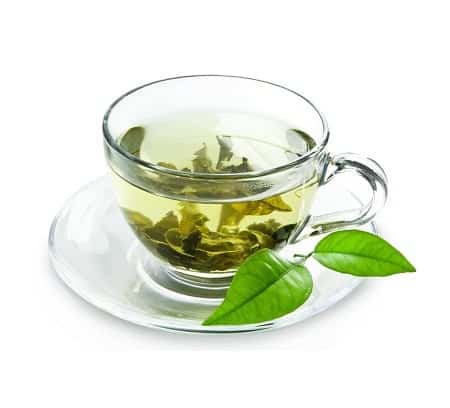
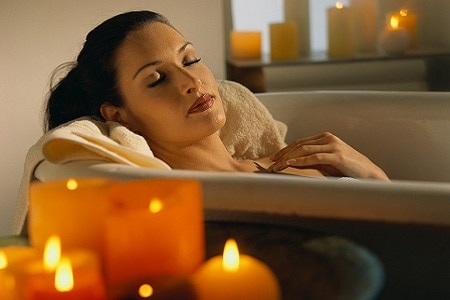
Detox Bath
Steam baths and dry saunas have been used as healing therapeutics for centuries. Perspiration is one of the best ways to detox our system. Sweating helps rid the body of wastes products, regulates body temperature, and invigorates our largest organ, the skin. Steam increases white blood cells, which protects and strengthens our immune system. Medical studies show that frequent steam baths help reduce stress and keeps your circulatory system running smoothly.
Warning: If you are pregnant, have diabetes or have heart disease, consult a doctor before taking a sauna or steam bath.
Try this Detoxification Bath
2 Droppers full of Amethyst gem essence
2 Cups Sea Salt
2 Cups Baking Soda
4 Tbsp. Ginger Powder
Place all ingredients in a hot bath and bathe for 20 minutes. Drink plenty of water. This bath withdraws impurities from your body and helps you to feel better. This bath can be done 2 to 3 times in a week or as needed.
Aromatherapy Remedies
Aromatherapy can help by controlling your addictions. People who do try to stop an addictive behavior such as smoking or binge eating, often find themselves over indulging in cigarettes or overeating. One reason is habit. They are used to doing something with their hands and mouth, so they eat. Or they could be battling the misery of nicotine withdrawal with the nurturing pleasure of food. Regardless of the excuse, this lack of control often leads to many health problems. Helpful, are essential oils such as Bergamot, Fennel and Patchouli because, together, they can help suppress addictive behavior.
An addiction is a physical or psychological craving or need for a habit-forming substance or chemical compound. Most drugs and even some tasks can be addictive, such as exercising, working, eating or dieting.
Addictions can also be linked to nutritional deficiencies. The physical dependence causes symptoms of withdrawal and the psychological dependence causes intense cravings. To improve your chance to succeed in kicking a bad habit, use essential oil such as :
Chamomile (Roman) – Chamomile’s medicinal properties range from skin inflammations to lightening hair to treating digestive problems. As a mild sedative, anti-inflammatory, and antibacterial, it improves digestion by relaxing the muscles throughout the gastrointestinal system and it can induce an overall sense of calm and well-being.
Clary sage – Clary sage essential oil has a strong, nutty aroma. The essential oil Clary sage it used for its antidepressant, antiseptic, deodorant, digestive and sedative properties. Clary sage with its regenerative properties is commonly used for the skin in today’s aromatherapy. It is used for premature balding to stimulate hair growth. It is used to control greasy hair and dandruff. It is also used in dream therapy; it helps you to remember the dreams by being able to dream more clearly and helps with the memory of dreams. It is also recommended for stress therapy, it helps reduce the feeling of stress. Clary sage is also used for the reproductive system, some herbalists prescribe Clary sage mixtures for couples experiencing difficulty-conceiving children. It is also used for both premenstrual syndrome and menstrual pain. Clary sage can be used as a natural muscle relaxer, relieving muscle spasms, backaches, and stiffness of the joints and muscle cramps.
Bergamot – Bergamot is uplifting sweet with a fruity fragrance. Helpful for depression. Refreshes a room. Avoid sunbathing and sunbeds when using this oil.
Jasmine – Jasmine is a bold, sweet scent. Jasmine is the greatest aphrodisiac of all. These night blooming flowers are picked at their height to bring out one of the most sexy scents. Associated throughout history with the compassionate Goddess of the Moon, Jasmine, grown along the Nile in ancient Egypt, is represented Isis, the Egyptian Mother Goddess who held the secrets of fertility, magic and healing.
Lavender – Lavender is often called the universal oil, because you can use it for so many things. It is analgesic, anti-coagulant, anti-convulsive, anti-depressant, anti-fungal, anti-infectious, anti-inflammatory, antiseptic, anti-spasmodic, anti-toxic, cardio tonic, and is a sedative. It has a very balancing effect on the body, emotions, mind and spirit. It may help acne, allergies, arthritis, asthma, boils, bronchitis, and is excellent for burns of any type. It has been used for cramps, dandruff, depression, diaper rashes, earaches, eczema, fainting, flatulence, hair loss, headaches, high blood pressure, indigestion, insect bites and repellent, infection, flu, insomnia, laryngitis, helps to detoxify the lymphatic system, migraines, nausea, nervous tension. PMS, psoriasis, rashes, helps to prevent scarring, sprains, stress, stretch marks, sunstroke, throat infections, tuberculosis, typhoid fever, thrush, water retention, and wounds.
Lemon essential oil uplifts the spirit, boost your mood and alleviates anxiety by helping the body produce an alkalizing effect, promoting detoxification of the liver kidneys, and reducing dehydration. Diffuse a 10-15 drops of lemon oil into the air with a room diffuser, inhale through a vaporizer or personal essential oil diffuser, or rub a few drops of the oil on palms and inhale to invigorate the body and mind and enhance your mood.
Andrew’s Aroma Remedy Blends: ~ 3 times a day, morning, noon and night, utilize these blends of essential oils:
Angel’s Mist Addiction Massage Essential Oil Remedy Blend
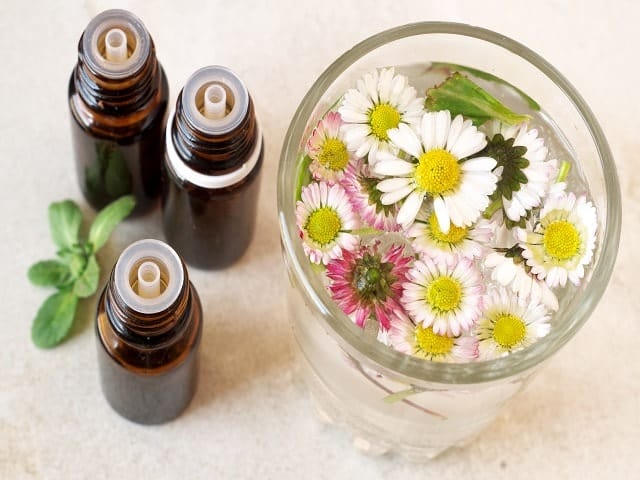
Facial Steam Recipe
Bring 2 quarts of water to a boil. Remove from heat. Try these variations: ~ Add a handful of fresh flowers such as lavender, daisies or rose petals. ~ Blend in 5 – 10 drops of lavender, bergamot, and/or jasmine oil. Stir in ingredients and bring your face close enough to the water to feel the steam on your face. Drape a towel over your head to form a “tent”. This keeps the wonderful ingredients concentrated on your face. Steam up to 5 minutes. This is a great detox for skin and pores and really helps to clear your head.
Pulse Point Treatment
Use Andrew’s own Angel’s Mist Essential Oils and combine 12 drops rose oil, 5 drops lavender oil, 3 drops sweet orange oil to 1/4 ounce of a carrier oil such as jojoba. Put these oils in a dark glass bottle and close the lid. Turn the bottle over several times to mix the ingredients and every time before using this formula. Apply a small amount to a cotton ball and dab lightly on pulse points such as sides of neck, tops of feet, inside of wrists or inner side of the legs.
Coping with Withdrawal
Symptoms of withdrawal while trying to beat an addiction include agitation, restlessness, anger unexplained rage, annoyance, anxiety, panic attacks, fear, worry, or hyper-excitability. A depressed mood, along with feeling hopeless and unmotivated is common. Exhaustion, insomnia and obsessive thoughts are also apart of the process.
Recovering from addiction to anything from drugs and alcohol to gambling and compulsive overeating can be a challenge. Try these exceptional essential oil remedies:
Peppermint essential oil is a fresh, stimulating and vibrant oil that can help increase circulation and lift your spirits. It is great for headaches due to withdrawal symptoms from a hangover or caffeine.
Lavender essential oil is one of the most popular in the world. This multi-purpose oil is utilized for its relaxing, calming effects. It helps mind and body release and relax from stress or anxiety. Inhale the aroma by uncapping the bottle and bringing it up to your nose. Inhale it through a vaporizer, use it in a room diffuser, or add 15-20 drops to your bath.
Eucalyptus essential oil is a stimulating oil that reduces fatigue and lethargy which can be experienced during caffeine, alcohol or opiate withdrawal. A massage with a few drops of the oil diluted in a carrier oil can help relieve fatigue, aches, and discomfort in the body.
Ginger essential oil is a powerful antioxidant with a strong, aromatic pungent aroma. It can help to suppress nausea, invigorate the skin, warm the body and suppress opiate cravings. Use 10-15 drops in a room diffuser or in a massage. Ginger essential oil can relieve fatigue, muscle aches, and stress.
Nutritional Advise
Malnutrition is often coupled with addiction problems and compounds the symptoms of cravings and withdrawal. Supplements can rectify these imbalances. Addicts often lack the B vitamins that are essential for calming the nerves, combating stress and helping to control cravings. Vitamin C is an excellent supplement during withdrawal, and combats the effects of toxins on the body. This vitamin also eases the symptoms of withdrawal, reducing anxiety and improving rest and appetite.
Vitamin E has also proven beneficial in reducing the side-effects experienced during withdrawal. Both vitamins C and E help the body to detoxify and are antioxidants which protect the body from free-radical damage.
Magnesium is particularly useful for treating addictions where irritability and cramps occur, since this mineral soothes cramps and calms the nervous system.
Green food supplements are excellent in assisting recovery from drug and alcohol addictions. Chlorophyll and Alfalfa detoxify the blood and provide numerous essential nutrients, including protein and many minerals.
The essential fatty acids available in cold pressed Evening primrose oil and fish oils are essential for the body and are needed as a balance, particularly for the nervous system. Bee pollen is also used in addictions as a nourishing food, to provide the body with energy and reduce cravings.
Glutamine, an amino acid, is also known as “nature’s brain food.” Supplementing with glutamine improves mental capacities, helps speed the healing of ulcers, alleviates fatigue and the craving for sugar. It also detoxifies ammonia in the brain and is very effective in the treatment of hypoglycemia.
To provide additional support against free-radical damage, the antioxidants, Vitamin A, Selenium and Zinc are also recommended in either a men’s multi-vitamin or women’s multi-vitamin.
By supporting and rebuilding the liver, pancreas and adrenal glands, the taste for alcohol, tobacco, caffeine and other drug cravings will eventually subside. Herbs that nourish, strengthen and build the nervous system also provide lasting results.
- Single herbs of dandelion, nettle, Siberian ginseng, goldenseal, licorice root, cayenne, skullcap, lobelia and valerian assist body functions. Use these plants to make a herbal tea and drink three times daily.
- Take mood support to wean off smoking.
- Chaparral takes LSD out of the system and detoxifies the body of all impurities.
Water is essential in any healing process. Distilled water is the best. 6-8 eight ounces glasses per day. Drink plenty of water to flush your body of toxins that smoking creates. When you get a craving, drink water until the craving subsides. The up side to all that water is you will have skin that will “glow”!!
By eating alkaline foods, this minimize withdrawal symptoms and maximizes the ability to stay free of nicotine. The best alkalizers are vegetables and the worst are meat and alcohol but, vegetable juices are more potent. Carrot juice has been established as the best rapid alkalizer, partly because it is processed efficiently by the body, and partly because it can generally be consumed in large quantities without unpleasant or harmful effects.
A cup of carrot juice a day or even 2 times a week reduces your risk for lung cancer, sometimes by half, depending on the person. Other vegetable juices for addiction include celery, cucumber, lettuce, & cabbage. Sunflower seeds contain compounds that mimic some of the effects of nicotine and can offer smokers some of the gratification they seek. Sunflower seeds contain most of the B vitamins, vitamin E, and essential fatty acids. Every time you feel the desire to smoke, it is suggested that you go through the process of breaking seeds open and popping them into your mouth to munch on until the desire subsides.

The Full Spectrum Diet
As a Nationally Certified Herbalist and Licensed practitioner of Acupuncture and Chinese Medicine, Andrew Pacholyk, MS, L.Ac. has spent years developing a natural healthcare plan, which incorporates the benefits of fresh, full spectrum foods based on their color and their properties. A balance of attractive colors in the foods you eat, play an instinctual part as to what the body needs in the moment. The color energy of fruits, vegetables, vitamins and minerals all come into play when furnishing your body with the proper nourishment. This easy to use system monitors healthy weight by the colors of food on your plate!
The Full Spectrum Diet is based on the proponents of color therapy and the holistic principles of eating mindfully, eating to nourish the body and seeing food in a more natural and spiritual way. Meals rich with different colored fruits, vegetables, meat, chicken, fish and whole grains means you are getting a healthy variety of nutrients that your body needs. It is a simple way to eat healthy in order to achieve healthy results! Want to know more?
The Full Spectrum Diet is a common sense, lifestyle plan for those who:
* Wish to eat healthier.
* Want to control their weight.
* Desire to transform their bodies.
* Should decrease cortisol levels
* Are diabetic.
* Need to control their blood sugar levels.
* Have allergies.
* Want to improve their aging process.
* Transform your body and your life.
* Give you more energy than you ever imagined.
* Help you to shed unwanted pounds
* Allow you to use healthy, natural food as a tool for weight control and anti-aging.
* Replace cravings and bringing with sensible eating habits
* Educate your mind on the power of fresh, wholesome foods.
* Empower you to create positive change in the way you eat and how you look at food.
Homeopathy
This medical system uses infinitesimal doses of natural substances to stimulate a person’s immune system and body’s natural defenses. Homeopathic remedies are named for the plant or animal ingredients they are made from. Homeopathy not only offers relief from temporary disorders but, can provide long term healing of a person due to its individual and “holistic” approach. This type of healing makes it easier and possible to avoid recurrence or relapses in the future and homeopathy stimulates the body’s natural defense system by reestablishing normal immune system and cell functioning.
ADDICTIONS:
Aconitum napellus– If the person is very fearful while going through a withdrawal period, this remedy may be indicated. Intense palpitations may occur, which can make the person even more frightened and anxious.
Aurum metallicum–This remedy may be helpful during the withdrawal process, especially for individuals who feel disgusted with themselves, believe they have failed in life, or have become depressed and hopeless. Serious, work-oriented people who have turned to addictive substances as an outlet of tension are especially likely to respond to Aurum.
Carbo vegetabilis– When withdrawal symptoms include fatigue and faintness, with a lot of gas and belching, this remedy can bring relief. The person may feel weak and very cold (especially in the extremities), yet still has a desperate craving for fresh or moving air. This remedy is often helpful for regaining energy after long- term illnesses or health problems.
Chamomilla– If a person is hypersensitive, and finds discomfort unbearable to the point of seeming irritable and angry, this remedy may help. The person will feel worse from heat and worse at night. Relief from motion, especially vigorous rocking, is a strong indication for Chamomilla.
Coffee cruda– This remedy is often helpful when a person’s mind is active and excitable. Sleeplessness is a common problem. The person is very sensitive to noise or any distraction. Neuralgic pains or headaches can occur, and may be soothed by cold applications.
Exercise
Exercise is crucial for addiction withdrawal. (Unless the addiction is exercise. In this case, less is more!) Not only does it help boost dopamine levels, but by increasing your physical activity you can modify the way your brain regulates hormone levels.
Consider Power walking, Aerobics, Swimming or any cardiovascular exercise that you do consistently for 20-40 minutes. It is important to keep the heart rate up in your target zone during this time in order for cardio exercise to work effectively.
Stimulate your metabolism. Adding weight training and/or cardiovascular exercise to your routine will boost your metabolism. Cardio will burn extra calories while you’re doing it. Resistance training will actually increase the rate at which your body uses calories.
Exercise during the day to exhaust the muscles and the mind. The moving is good when we are depressed too! Aerobics, power walking, weight training, swimming are all great for working the muscles and the mind. Exercise gets the blood flowing and makes us move past many issues.
Exercise early in the day. Twenty to thirty minutes of exercise every day can help you sleep, but be sure to exercise in the morning or afternoon. Exercise stimulates the body and aerobic activity before bedtime may make falling asleep more difficult.
See a doctor before starting any kind of exercise program if you have never exercised before or have any other illnesses.
Traditional Chinese Medicine
Traditional Chinese Medicine (TCM) is the oldest, continually practiced, and professionally administered health care system in the world. It is a documented medical system spanning over 2,500 years based on comprehensive philosophies, rational theories, clinically tested and empirically verified by over 100 generations of highly educated practitioners.
Chinese Medicine is a total system of internal medicine, which is comprised of a diagnostic procedure based on signs, symptoms and treatment styles including acupuncture, herbal medicine, exercise, diet and meditation. It’s foundation is based on the principles of balance; the interdependent relationship of Yin and Yang. Through this balance, health is achieved and maintained.
Chinese Medicine takes a unique approach to addictions! Diet, exercise and good quality sleep are the proponents of betting addiction.
Acupuncture is used primarily to strengthen the endocrine, boost the immune system and helps the body to cope with cravings, withdrawal and the emotional stress.
Herbal medicine is an important component for working at the root of the problem. The theory behind this is simple. When stimulating the immune system, the body becomes more able to work on its own to help improve energy, strengthen the other systems of the body and help on a functional level in order to beat the particular addiction.
The N.A.D.A Protocol is simple, yet quite effective. Drug, alcohol and tobacco addictions are major problems that affect tens of millions of people worldwide. The addition of acupuncture into the treatment for addiction seems to be very beneficial, and almost the single ingredient that helps the protocol succeed.
In 1972 a neurosurgeon in Hong Kong, H.L. Wen, discovered that acupuncture could relieve symptoms and cravings associated with drug withdrawal. Because of its effectiveness in relieving symptoms as well as preventing relapses, his discovery gained more and more popularity and was used in hospitals and detox centers throughout the US. 1985 an official protocol was developed and the National Acupuncture Detoxification Association (NADA) was formed. The protocol involved using five specific acupuncture points on the ear. In August of 2000, Yale University School of Internal Medicine conducted research further demonstrating the effectiveness of the NADA protocol for cocaine, heroin and methadone addiction.
Visit Your TCM practitioner for a proper diagnosis and treatment.
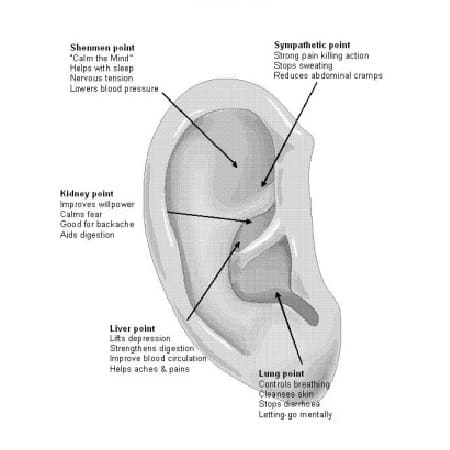
Auricular Acupuncture
It is my highest recommendation, that you seek out an acupuncturist to perform this protocol.
I have included the NADA protocol points on the ear that are used in the session and are done with tiny little needles that are inserted into these points. I also recommend that patients can certainly use some light massage on these points to stimulate these areas.
National Acupuncture Detoxification Assocation (NADA) Treatment Protocol
Lung 2 – addiction related lung issues
Shen Men – stress, anxiety, excessive sensitivity
Autonomic Point – balance symphathetic and parasymphathetic nervous systems, blood circulation
Liver – hepatitis, cirrhosis
Kidney – kidney disorders, urination issues
Ayurveda
The principle medical system of India is known as Ayurveda and is over 5,000 years old. This “Science of Life” is considered the art of living in harmony with nature. Developed from the ancient text of The Vedas, Ayurveda views the human body as a “homunculus” of our cosmic Universe, regulated by the balance between three primordial humours, call Dosha.
Your dosha are your Ayurveda mind and body type. There are three doshas in Ayurveda: Vata, Pitta, and Kapha. We each have all three of the doshas in our physiology, just in different proportions, so your dosha is unique and personal; it is like your fingerprint.
Herbs and lifestyle changes are chosen to fit an individual’s primary psycho-physiological constitutional dosha:
Vata, which controls movement
Pitta, which rules metabolism
Kapha, which controls structure.
Ayurvedic treatments also include Yoga Nidra (a form of meditation) and breath meditation to create harmony, balance and union. By allowing yourself to connect with your inner source of relaxation, it restores a natural balance, preventing you from becoming a victim of stress.
This dismantling or pre-programmed self-image, alleviates phobias, addictions and fear-creating conflict. Spirit, represents our core self or values, and the energy body through which our persona manifests. When we release the blockages and purify the body, we are connected to an invisible presence, or oneness.
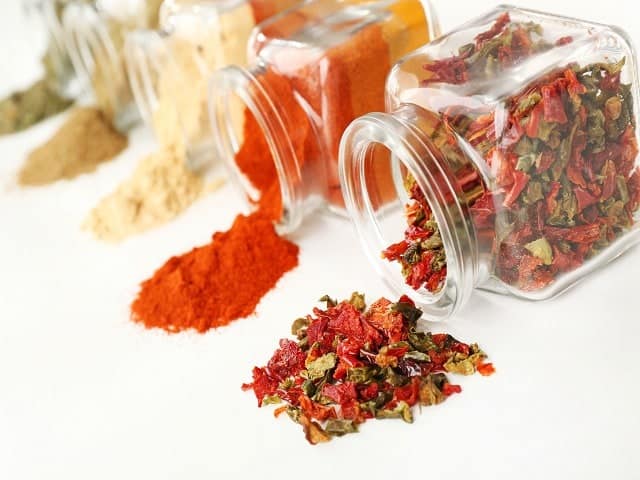
“Neem Clean”
Neem (Azadirachta indica), is a tree. The bark, leaves and seeds are used to make medicine. The stem, root bark, and fruit are used as a tonic and astringent. The leaves are ground to make tea or apply directly to the skin as a poultice for healing skin disorders. Grind 10-15 neem leaves (or buy the powdered version) and mix with a pinch of turmeric powder. Add enough milk, almond milk or warm water to make a paste and apply this to your pimples. Allow to dry, about 15-20 minutes, then, wash off. Repeat as required. Not a DIY, try our Organic Neem Powder.
Triphala
This combination of three fruits is one of the best bowel formulas in the world! Assists natural internal cleansing, Gently maintains regularity, nourishes and rejuvenates the tissues, supports healthy digestion and absorption and is a natural antioxidant.
Emotional Aspect:
There is an emotional aspect to every illness. Often times, it is the emotional thoughts or “excess emotions” that will lead to illness. The following therapies are utilized for calming the mind, help with stress relief and focuses on our mental powers over any situation. The ability to balance your emotional, mental, physical and spiritual self are exceptional tools on your healing journey. Here are some suggestions:
In the East it is known as attachment. In the West it is addiction. Addiction is the elaborate system of emotion and conscious mind thinking that over time becomes cellular, leaving its imprint upon the nervous system and physical body.
Living in the past holds us back from becoming the person we really wanted to be. “I am living in the present. Yesterday is gone forever; tomorrow has not yet come.”
“Today is the day that I have to work with.” “I can only change the mistakes that I had made yesterday and better myself today for the future.”
“Living one day at a time is all I have and all I really need.” “I look forward to living in the here and now every new day that comes my way.”
Purification can be slow and gradual or arduous and difficult. It can be miraculous or labored. The choice is always up to the individual.
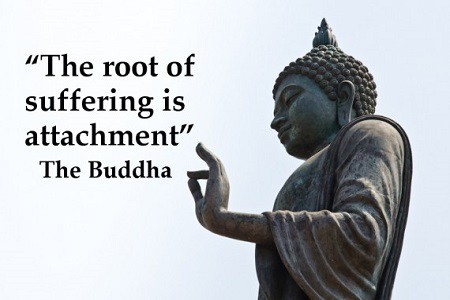
The Power of Detachment
When you hear the word, you may think of a Buddhist monk, leaving all his worldly possessions behind and climbing the lonely mountain to live in complete solitude for the rest of his days. Detachment, or non-attachment is basically freedom from “things”. These are things our EGO feels are important to us.
Non-attachment is actually a fully engaged connection to our life through the act of being more conscious or mindful about ourselves. It is the self-realization of the truth about reality
Emotional Diary
Make an Emotional Recovery Diary
1. For two weeks, make notations whenever you have a mood swing, emotional upheaval or change in energy (such as hyperactivity or lethargy).
2. Note the date and time of the event.
3. Note what actions you take to bring yourself back to balance. Do you sit down and do yoga, stretch, meditate. Do you binge eat, have a drink or do other actions revolving around food?
4. If you react with ___________, what do you do? Find comfort in?
5. Note the reaction accept it and then ALLOW yourself to move on and move past it. Write the truth in your journal.
6. The Emotional Recovery Diary is NOT a judgement tool. It is a way for you to go back to it, AFTER a week is done and look at habits you may not even realize you are doing in response to change.
7. After committing to two weeks of journaling, take a look at the overall process. Was it somehow helpful to you? In retrospect, did you gain valuable information from it?
8. If so, consider writing in it for another week.
9. You can use this diary to write down “positive progress” as well. Did you make any changes after your first two weeks?
10. Your Emotional Recovery Diary can just be the tool you need to take you to a new plateau of understanding your emotional connection to addictions and how you can actually take control and do something about it!
Metaphysical Thoughts
The power of your mind and your belief system has everything to do with the condition, the speed and the way that you heal.
* Our Belief System is one of the major factors that can get us through situations or can cause our life to crumble around us! I do believe that there is a lot of innate goodness and balancing our minds do subconsciously to get us through hard times. The other portion of this is how we “program” ourselves to deal with any given situation.
* Our self-confidence and self-love are often the key to opening and strengthening this portion of our thoughts which in turn emanates from ourselves!
* Energy follows thought. Program thought to be positive and your energy will reflect it!
* Really appreciating what we DO have as opposed to what we would like to have, sometimes makes a significant difference. This is always an important element in healing that is often neglected.
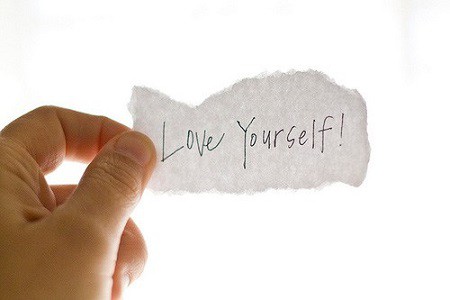
Self-Esteem
One of the biggest culprits in addiction issues is how we look at ourselves. Our distortion of our self image is one of the most destructive behaviors we can harbor and must be conquered in order to win over this self abuse! Consider these great tips:

Guided Imagery
Anxiety, depression and addictive disorders are responsive to counseling and to a wide variety of psychotherapies. The power of visualization and guided imagery is one of our most powerful gifts! A healing tool we all have within us. Guided Imagery helps us to develop our imagination as a healing tool. The premise is to use “Mind Medicine” to connect the mind and body in order to free ourselves from pain due to ANY Medical Condition. This concept allows us to deepen our abilities to fully relax, quiet the mental chatter, create restful sleep and invite a positive and productive thought process. Learn more about how guided imagery can work for you!
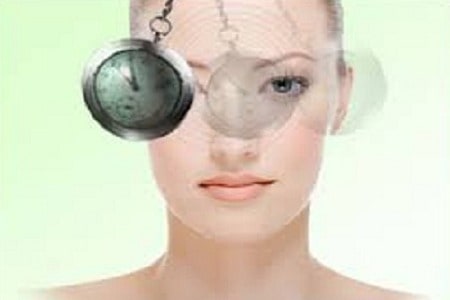
Hypnosis
Your mind is an untapped source of amazing power. If you change your mind, you must change your life. Hypnosis has now become widely recognized as the smartest and easiest method we can employ to change our life. Hypnosis for addictions can help with controlling stress, facing our fears and creating an altered state of consciousness. Hypnosis will change your inner mind to help you change your ideas and images about an addiction and its behavior patterns. Contact Andrew for a local Hypnotherapist.
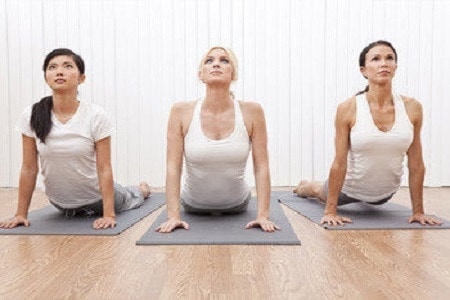
Yoga Therapy
Yoga poses can be good alternatives to “traditional” health remedies because they relax the body and mind, improve circulation and respiration, reduce tension and help the body through it’s healing process.
Stress Control: The Yogic breath exercise can be done without instruction, without danger, and with a good chance that your discomfort and stressful feelings will be reduced.
Relaxation Breath is the most powerful tool for stress management. Sit up, with your back straight in any position. Place your tongue against the ridge of tissue just behind your upper front teeth and keep it there throughout the exercise. Exhale completely through your mouth.
Close your mouth and inhale quietly through your nose to a mental count of four. Hold your breath for a count of seven. Exhale completely through your mouth, to a count of eight. Repeat this cycle three more times for a total of four breaths. Try to do this breathing exercise at least twice a day. You can repeat the whole sequence as often as you wish, but don’t do it more than four breaths at one time for the first month of practice. This exercise is fairly intense and has a profound effect on the nervous system.
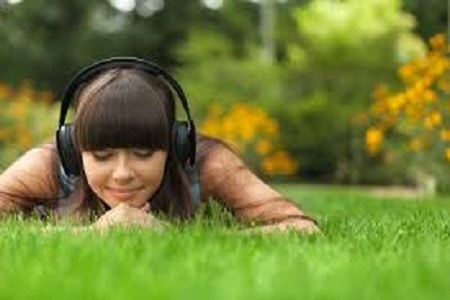
Music/Sound Therapy
Vibrational medicine, which validates that everything in the universe is in a state of vibration and the frequency at which an object or person most naturally vibrates is called resonance. The chakras, bones, and organs in the body all possess a different resonant frequency. When an organ or part of the body is vibrating out of tune or nonharmoniously, it is called “dis ease” or disease. A body is in a healthy state of being when each cell, each organ creates a resonance that is in harmony with the whole being.
Music is a powerful tool that can be used in so many ways. It has been proven that the type of music that makes a person relax or become receptive is not any one kind. It all depends on the individual and their affinity with it.
Drumming can be a simple yet powerful way to enhance recovery. New medical research shows that it can slow down brain wave cycles, enhancing theta-wave production and brain wave synchronization. This is important as addicts often have brain wave abnormalities as explained in our section on brain wave biofeedback.
Soothing Music is recommended for calming and relieving nervous tension, which can aggravate this condition.
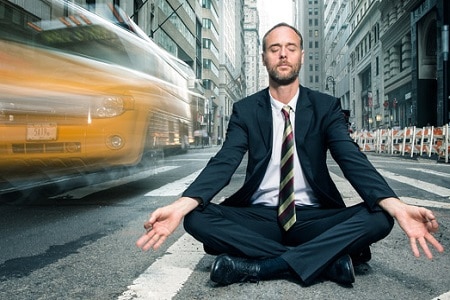
Meditation
There are many meditation methods. Some are passive and others are active — not in the physical sense, but in the sense that you actually do something during meditation. Those who meditate learn to focus their awareness and direct it onto an object: the breath, a phrase or word: a mantra, repeated silently, a memorized inspirational phrase, an image in the mind’s eye. Researchers have documented immediate benefits in terms of lowered blood pressure, decreased heart and respiratory rate, increased blood flow, and other measurable signs of the relaxation response.
Fold your hands gently in your lap and close your eyes. Take a few deep breaths. Then just sit. If you have never meditated before, you will probably feel as if your mind is full of thoughts. Don’t try to stop the thoughts, just watch them. Imagine that you are on the bank of a river and that your thoughts are the river going by. Don’t try to stop the river, just watch it. Within a week, you will see the river begin to slow down. You may become impatient, or even bored. That’s okay. If you find yourself complaining, just watch the thoughts pass by. Do this for 5 to 10 minutes. You may find that you fall asleep because you are so relaxed. That’s good because, in many ways, you have begun to let go. Continue at this pace and each day allow just a little more time for yourself to meditate. Doing this allows you to relax and forget about time
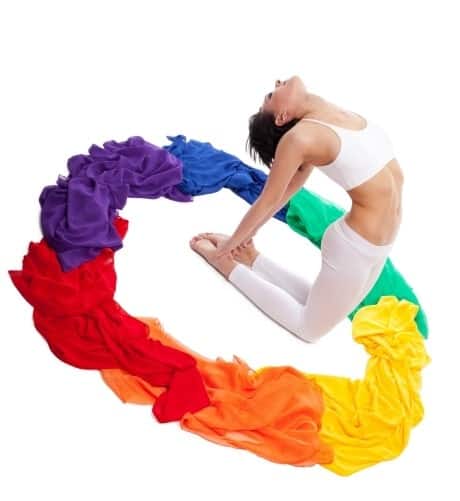
Color Therapy
When you are balanced, you can more effectively fight dis-ease, rid your system of toxins, as well as, negative patterns. You can achieve balance through the vibrational remedy and application of color. Color interacts with the human energy system in a unique way to stabilize physical, emotional, mental and spiritual conditions.
Mood Relief:
Violet or Purple: are colors of transformation. They heal melancholy, hysteria, delusions and alcohol addiction and bring spiritual insights and renewal. These colors slow down an over-active heart; stimulate the spleen and the white blood cells (immunity). Bring sleep. Soothe mental and emotional stress. Decrease sexual activity. Decrease sensitivity to pain. They help in detoxification.
Indigo: helps to stimulate the pineal gland. This gland plays a large part in the patterns of addiction. Indigo is a great purifier of the bloodstream and also benefits mental problems. It is a freeing and purifying agent. Indigo combines the deep blue of devotion with a trace of stabilizing and objective red. Indigo is cool, electric, and astringent. Indigo is associated with and stimulates the Third Eye Chakra and controls the pineal gland. It governs both physical and spiritual perception.
Blue: is one of the greatest antiseptics in the world. Cools down inflammations, calms fever, soothes high blood pressure, relieves headaches, calms strong emotions like anger, aggression or hysteria. Brings tranquility. Anti-itching. Anti-irritation, anti-stress. Soothes suffering.
Green: Green is the color of Nature and the earth. It is balance and harmony in essence and possesses a soothing influence upon both mind and body. It is neither relaxing nor astringent in its impact. Green can be used for just about any condition in need of healing. Green brings psychological and emotional harmony and balance. Green is associated with and stimulates the Heart Chakra. Green affects blood pressure and all conditions of the heart. It has both an energizing effect and a moderating or soothing effect.
Yellow allows us to take back the power we have lost.
Orange helps the body to absorb the change in behavior we are trying to change. Orange is warm, cheering, non-constricting. Orange has a freeing action upon the body and mind, relieving repressions. Orange shows new possibilities and other options in life. Stimulates creative thinking and enthusiasm, and helps assimilate new ideas. It is also helpful in dealing with excess sexual expression.
Red helps to root us in the survival mode and keeps us on track and grounded.
Determine what color you need. Learn more about your personal Color Therapy Analysis.
.
.
Crystal Reference
Amethyst or amethyst powder is a mineral consisting chiefly of silicon dioxide. Amethyst has been known as the “great detoxer” for centuries. Minerals in amethyst provide purification and detoxification functions. It is the stone for addiction, addictive thoughts and detoxification.
Aventurine is known for good luck and bringing money, it is the stone for gamblers. It encourage balance within your behavior and is used as a meditation tool or touch stone for realizing limits!
Lapis Lazuli is a deep blue stone used for centuries for obtaining wisdom of the ages. It is a sage stone that shows us how we can balance and regulate our lives by applying the principles of look, listen and linger. Allowing the power of observation to take precedence over action.
Clear Quartz is a highly regarded stone which resonates with our own body energy and helps one to “see clearer” in their action and behavior. It brings a sense of clear thinking and the ability to bring calm and peace of mind.
Rose Quartz is a stone of love and self-love. It represents beauty and kindness, Resonates with a gentle heart energy, it soothes a frustrated mind and allows us to find peace within ourselves with an extra helping of self-love and awareness.
Ruby is a deep red stone of love and devotion. It is the honoring of ourselves so that we can show a devotion and love to others. It is a stone of truth and fidelity, grounding and protection. Use ruby as a connection between heart and a grounded mindset.
As a healing tool, crystals have been used for meditation, stress relief, massage and energy work. Crystals offer an additional way to balance energy, amplify both energy and thought, bring clarity in thinking, and harmony and alignment with our own energy systems.
The Complete Chakra Kit stimulates the seven main energy sources which govern all the major organs and psychologically alters and clears the body’s energy in order to allow healing to take place. A great stress relieving meditation tool!
Peacefulmind Remedy Bags are our fantastic prescription remedies for a multi-layered approach to treating specific disorders. These very special bags are a plan of care for treating problems such as arthritis, anxiety, stress or pain – just to name a few. These bags features 3 of the crystals for treating a disorder, a sample herbal remedy, a meditation, an essential oil blend and acu-point self-massage techniques. Also with great tips and remedies for recovery. Choose from over 80 disorders.
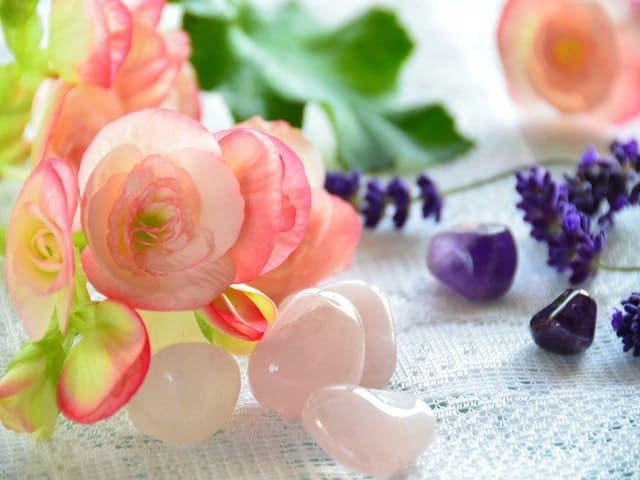
Meditation & Crystals
Meditation is a central tool for calming the mind, assisting in mind over matter and calms the spirit, It will alleviate much of the angst and anxiety associated with withdrawal and detoxing! Calming the mind and central nervous system have a direct affect on how our body “vibrates” and how we choose to handle stress as it comes at us. The more you meditate, the more able you become in handling difficult situations!
~ Use a crystal of your choice or one mentioned. Sit comfortable on the floor and hold your stone or lie down and place the crystal on your Heart, Third Eye or Solar Plexus.
~ Close your eyes. Take several deep breaths. Feel the crystal rise and fall as you slowly inhale/exhale. Allow your body to melt into the floor at each breath. Take this time to find your center. Let go of those things which hold you back. With each inhale, take in that which you deserve. With each exhale, release all that tension.
~ When you feel more calm and connected, slowly open your eyes. Give yourself some time to recover. You may even want to journal about your experience.
Crystal Associations
Crystals to consider are Amethyst, Bloodstone, Fluorite, Labradorite, Quartz, Rose Quartz, Ruby .

Study Energy Medicine at Home
The Peacefulmind.com Homestudy Courses make it possible for anyone to study energy medicine at home, on your time! These certifications programs are offered by the National Association of Holistic Wellness
*Transitions: The Transformational Guide and Workbook for Creating Great Health This is the culmination of years of Andrew Pacholyk, MS, L.Ac. clinical work. This is a manual you can use, whether you are healthy or ill or somewhere in between and you want to re-balance your mind, body and spirit to become the whole person you can be! This workbook gives you a plan to take care of yourself. It can be used over and over to find balance and keep yourself as healthy as possible. It gives you “tools” to use when and where you need them. It helps to evaluate where you are in your journey and offers ways to get you exactly where you want to be! Want to know more?
*The “Color Elite” Color Therapy Certification Course Andrew Pacholyk, MS, L.Ac. has finally published his most complete healing course using the power of color and light therapy. This ultimate guide to chromotherapy teaches you about color and every aspect of it, how it is used in different therapeutic settings and how it has become such a great healing modality, no matter what profession you are in you will learn how to incorporate color into your daily life! Want to know more?
*The Crystal Light Crystal Therapy Course This incredible course is our biggest and most popular course on the internet! This is the study of crystals and how to heal with earth’s precious gems! Want to know more?
*Chakracology – A Workbook and Manual This workbook format allows you to look at the energy of the Chakra and how they affect us on a daily basis. The book allows you to work through each center on a mental, spiritual, as well as a physical level and then find ways to re-align, balance and manage your energy in a positive way! Want to know more?
*The Healing Art of Touch – Massage Therapy Homestudy Learn the art of touch and massage therapy through Andrew’s very extensive course. Complete anatomy lessons, varied techniques and amazing information is offered in this course. Also learn the business aspects of massage, how to cope with clients that are difficult and energy transference are just a few of the many topics covered! Want to know more?
*What’s Your Heart Telling You? Finding Love and Romance – The Workbook and Journal Andrew Pacholyk, MS, L.Ac. has now published his newest work based on years of personal intimacy, clinical experience, counseling and client research on the ways to navigate love, sex, romance and relationships in a modern day world. Andrew has devised this very thorough workbook and journal with questionnaires, exercises, quotes, tips, meditations, feng shui, aromatherapy, massage and herbal applications for creating the perfect scenario for finding, coping and keeping love in your life! Want to know more?
*The Feng Shui Journal The Peacefulmind.com Feng Shui Journal makes it possible for you to improve relationships, maximize career potential and enhance your environment! * We are honored to offer the Feng Shui Journal for beginner to advanced Feng Shui practitioners. This journal covers an extensive background on Feng Shui techniques history, usage, clearing, cleansing, manifesting and helpful information in order to bring balance back into your life! Want to know more?
What are your experiences with addiction?
Sharing your own experiences often helps others. We’d love to know in the Peacefulmind Community.
Questions? Comments! Order Help? Please Contact Us

